Click on post to see more.
Ungaretti
Mirco - 27 March 2020
SAN MARTINO DEL CARSO BY G. UNGARETTI
Of these houses
Di queste case
nothing
Non è rimasto
but fragments of memory
Che qualche
Brandello di muro
Of all who
would talk with me not
Di tanti
one remains
Che mi corrispondevano
Non è rimasto
But in my heart
Neppure tanto
no one's cross is missing
Ma nel mio cuore
My heart is
Nessuna croce manca
the most tormented country of all
È il mio cuore
Il paese più straziato
S. Martino del Carso is one of Ungaretti’s most significant poems. Set during World War One, it was written on August 27, 1916, and is part of his first collection called “L’Allegria”. Inspired by the war, S. Martino del Carso has a sad setting. In this poem the poet refers to a village destroyed by war where only silence reigns now. And with “the shred of walls”, immediately his thought moves to his dead companions, so dear to him, of whom nothing remains but a memory alive in his heart. It’s a devastated heart that symbolically resembles a cemetery, in which no cross is missing because the memory of his friends is indelible. The poem ends with a comparison between the devastated village in ruins and the poet’s heart, even more full of pain because of the death of his companions. The subject matter of S. Martino del Carso is very sad and dramatic, because it’s about a refusal of war, suffering and death. It is presented through a short text lacking in punctuation, but nonetheless significant and rich in strong emotions. I chose this poem because it somewhat reflects the period we are currently living. Unfortunately, this pandemic is revealing itself as a war for us too, spreading a lot of panic and death. In Ungaretti’s lines you can feel human fragility and powerlessness, but also a strong sense of fraternity that unites all human beings to life. This poem’s message also conveys positivity to me. Actually, apart from sadness, while reading it I perceived also a sense of courage. I think if we keep going on and don’t give up in the face of difficulties, we will learn a great lesson of life. The style of the poem is not made of elaborate words or verses; indeed, it was written in the Hermeticism style. This is why Ungaretti expressed his interiority, but at the same time searched for a harmonic relationship and solidarity with the exterior world. The line of this poem that touched me the most is the third one: “But in my heart no cross is missing” – it encloses so much love and hope, encouraging us to believe that beyond death there is eternal life.
GIUSEPPE UNGARETTI AND WISLAWA SZYMBORSKA
Chiara D. - 27 March 2020
Giuseppe Ungaretti is an Italian poet and Wislawa Szymborska a Polish poetess. They are very important and famous in the world of literature and beyond, for many were the awards and prizes that they received.
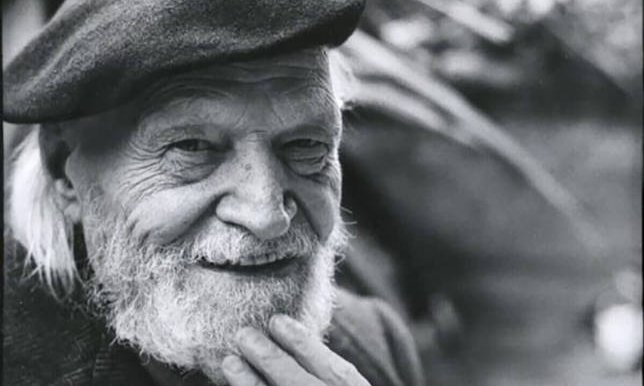
Giuseppe Ungaretti was born on February 8, 1888 in Alexandria, Egypt. The family had moved to Africa for work and had spent his childhood there. Unfortunately, he lost his father for an accident at work, so he was raised by his mother and a nanny. He attended the Ecole Suisse Jacot, where he first came into contact with European literature. After finishing his studies there, he moved to Paris and studied at the Sorbonne Faculty of Letters. In 1915 he was recruited in war and sent to the Karst front for a year, where he wrote his most famous poems. Ungaretti turned out to be a revolutionary poet, paving the way for hermeticism. His lyrics are short, sometimes reduced to a single preposition, and express strong feelings. After the war he began working in Rome and here begins his second poetic phase, where the words are more sought after and the lyrics are longer. In 1932 he was awarded the Gondolier Prize. Thanks to this he gained fame and was called by various important schools and various publishers. After the Second World War, Ungaretti published new poetic collections and received significant prizes, such as the Montefeltro Prize in 1960 and the Etna-Taormina Prize in 1966. Giuseppe Ungaretti was convinced that he deserved the Nobel Prize for Literature, after receiving a tribute in Paris for the translation into French of various poetic collections. It was 1954. To achieve his goal the poet contacted men of Italian and foreign culture in a private way, also academics, publishers, politicians, like the then Foreign Minister, Attilio Pigoni. All this in order to try to obtain an official candidacy from the Italian government. Despite numerous attempts to win the Nobel Prize, though, they were always blown away. In 1959 the prize was given to Italian poet Salvatore Quasimodo and in 1975 to another important Italian poet, Eugenio Montale. Nowadays many still think that Ungaretti deserved the Nobel prize for literature and many had conflicting thoughts on this choice. In 1970 he went to the United States, in New York, where he was awarded a prestigious international award by the University of Oklahoma.

Wisława Szymborska was born in Kórnik in 1923. The Second World War marked the life of young Wisława, who was forced to study and obtain her diploma clandestinely in 1941. In 1943 she began working at the railways, managing to save herself from deportation to Germany. In this period also began her artistic career and she started to write stories and poems. In 1945 she enrolled in the Faculty of Literature at the Jagellonica University and she received the Literary Prize of the city of Krakow. In 1963 she received the Prize of the Polish Ministry of Culture. Then essayist and poet Czeslaw Milosz, Nobel Prize winner for literature in 1980, helped her to enter the cultural life of Warsaw. In this period she wrote many poems and tried to publish several, but unfortunately they were censored because they did not comply with the "socialist requirements" and they were published only later. She won the Goethe Prize of the city of Frankfurt in 1991, the Herder Prize in 1995, the Polish PEN Club Prize and the Samuel-Bogumil-Linde-Preis. Thanks to her poems she also won the Nobel Prize, an important prize that honoured the whole of Poland but especially the women of literature.
Giuseppe Ungaretti & Wisława Szymborska
Karina - 27 March 2020
Giuseppe Ungaretti was born in 1888 in Egypt. He studied in a French college. In France he abandoned his Law studies and started studying literature. When World War One broke out he decided to enlist. This part of his life was very important for his literary formation. When the war finished, he went to Rome and wrote many books there.
Later he accepted a chair at the university of Sao Paulo in Brazil and here he had a lot of tragedies because of the death of his brother and his son. For these reasons he wrote another book. In 1970 he died.
Ungaretti wrote according to his emotions. For example: when he was happy he wrote ALLEGRIA (happiness) and when he was sad he wrote IL DOLORE (pain).
Ungaretti has his characteristic style and he contended that “the ideal writer should use the minimum number of words”. The author used simple words and because of that, he had to choose the rights words, also because he wanted to express a concept with mystery. He thought that poetry has to express strong emotions. For all of these reasons when he wrote he didn’t use any punctation. He thought that this type of writing can get to the truth of things and reveal the melancholy, dire and tragic aspects of daily life.
Wisława Szymborska was born on 2nd July 1923 in Poland. She studied in secretive conditions and in 1941 she graduated. She started studying literature in 1945, then she took up sociology, but never finished her studies. Later she met poet Czeslaw Milosz, that involved her in the cultural life of the country. Her first collection of poems was published only in 1952 because of censorship. She died on 1st February 2012 because of illness.
She wrote all her poems based on the historical period. For example, she wrote about how to fill in a curriculum vitae or about historical figures from her childhood, like Adolf Hitler.
Szymbroska had her personal style, she wrote very short, simple and appropriate words. She used irony and paradox to deal with human problems. She used short but intense sentences to speak about such experiences as liberty, ache, mistakes and knowledge about the world around us. She was very careful about the combination of the sematic spheres and sensory fields. Every image had a metaphorical value for her. She reflected a lot on the understanding of ache, the search for happiness, the impossibility of knowledge and the lack of total control on events.
I think they have a similar type of writing. They both use short but appropriate sentences. They studied a lot what they want to say because of the minimum number of words chosen. They both want to express strong emotions with some mystery and they both speak about humans and their daily problems. They also witnessed some historical tragedies. I also think that Szymbroska used her feelings more and tried to make us think about feelings more.
Szymborska
Chiara N. 4R - 27 March 2020
Poem: True Love by Szymborska
True love. Is it normal
is it serious, is it practical?
What does the world get from two people
who exist in a world of their own?
Placed on the same pedestal for no good reason,
drawn randomly from millions but convinced
it had to happen this way - in reward for what?
For nothing.
The light descends from nowhere.
Why on these two and not on others?
Doesn't this outrage justice? Yes it does.
Doesn't it disrupt our painstakingly erected principles,
and cast the moral from the peak? Yes on both accounts.
Look at the happy couple.
Couldn't they at least try to hide it,
fake a little depression for their friends' sake?
Listen to them laughing - its an insult.
The language they use - deceptively clear.
And their little celebrations, rituals,
the elaborate mutual routines -
it's obviously a plot behind the human race's back!
It's hard even to guess how far things might go
if people start to follow their example.
What could religion and poetry count on?
What would be remembered? What renounced?
Who'd want to stay within bounds?
True love. Is it really necessary?
Tact and common sense tell us to pass over it in silence,
like a scandal in Life's highest circles.
Perfectly good children are born without its help.
It couldn't populate the planet in a million years,
it comes along so rarely.
Let the people who never find true love
keep saying that there's no such thing.
Their faith will make it easier for them to live and die.
This poem was written by Wislawa Szymborska, a famous Polish poetess, who won a Nobel Prize for Literature in 1996. She lived in Poland in the 20th century and in the beginning of 21th. In her poems, she used a simple language and always wrote about real life, so that average people, without a superior education, could understand what she meant.
When I read the title of this poem, I thought that it would be yet another sweet text about love described as a Disney fair tail. Instead, I came across a text on true love, which, in the opinion of poetess, isn’t essential, but when you find it, you can’t live without it. Actually, it seems that she has never felt true love because she is sceptical about it. In this poem, she used simple terms, some figures of speech like simile and personification and some repetitions.
I think that in this poem she describes how people feel when they are unable to experience love, that is why they search for it continuously. In this poem people see others who are engaged and have a relationship, so they can fell envy and would like the happy couple to stop showing their happiness. The last sentences say that who doesn’t know what true love is, has to say that it doesn’t exist to convince themselves that they aren’t wrong and they can live happy anyway.
In my point of view, this poem explains two important concepts: ones about the engaged couple and one about the people around it. The first point means that true love isn’t the main thing that makes you happy in life. First of all, it depends on what true love helps you understand about life and its meaning, more specifically, when two people fall in love with each other. I agree with the poem about the fact that there are many ways love can be found and different meanings to love. For example, family love, love of your job, love for a neighbour and so on. Therefore, it is true that love is one of the main aspects of life, but in many ways, not just concerning a love affair. The second point I would like to analyse is about the envy of other people. I think that it’s the most realistic part of the poem, because people are jealous when they see others happy, especially if they themselves aren’t. This is part of human instinct. However, I think, we should learn from that and overcome envy, especially when the people in love are friends or family. We have to be happy for them, because being happy for someone else makes you happier than hating him/her.
Famous Italian - Giuseppe Garibaldi
- • 22 November 2019
In my opinion Giuseppe Garibaldi was one of the most important person in the history of Italy. He was a politician, a revolutionist, a soldier but the most important he fought for the unification of Italy.
He was born on 4th July 1807 in Nicea. His parents were Giovanni Domenico and Maria Rosa Nicoletta. As a child he learnet sailing from his father and grandfather. As a youth he first served on a small ship two years and then he worked as a brief on a sailing ship for nine years.
An important event in his life was a visit in Taganrog where he arrived by ship carrying oranges. In Taganrog he met an activist of „La Giovine Italia”. Its animas to reconcile Italy on the basic of social reforms. He liked this vision very much and swore that he would fight for the unification of Italy.
When Garibaldi was in South America he continued to reform. In the years 1836-1847 he commanded a privater. He fought on the side of the insurgents of Rio Grande against the Brazilian authorities. Then he supported Uruguay in the fight against Argentina.
All that was needed to reconciliation all of Italy was Venice, which was still occupied by Austria, and the Papal State quarded by a strongt French garrison. In 1862 Garibaldi sailed with 2000 soldiers to Rome. He said to his soldiers „ Rome or Death”. After a short exchange, of fire Garibaldi capitulated
Ad the end of his life, he is contributing to parliament to debate another raid on Rome. Just before his death he asked to place his bed so that he could see the sea in the last moments of his life. He died in second day of June 1882 in Caprera.
I think Guseppe Garibaldi is who Józef Piłsudski is for Poles. He fought for the idea that quided him all his life. I think he can be proud of what Italy looks like today and I think he has contributed significantly to this.
Famous Italian - Leonardo da Vinci
Miłosz 2Tf • 17 November 2019

I would like to talk about a true genius, named Leonardo da Vinci.
Leonardo da Vinci was born in 1452 in Florence. He died in 1519 in France.
We can with no doubt say that Leonardo da Vinci was one of the greatest man to ever walk the earth. He is a true definition of “Renaissance Man”, he was a great painter, architect, engineer, scientist and biologist. He invented many great inventions, that we use to this day.
Most people associate Leonardo with painting. That’s because he had many great paintings, that are to this day worth millions of dollars, such as “Mona Lisa” and “The Last Supper”.
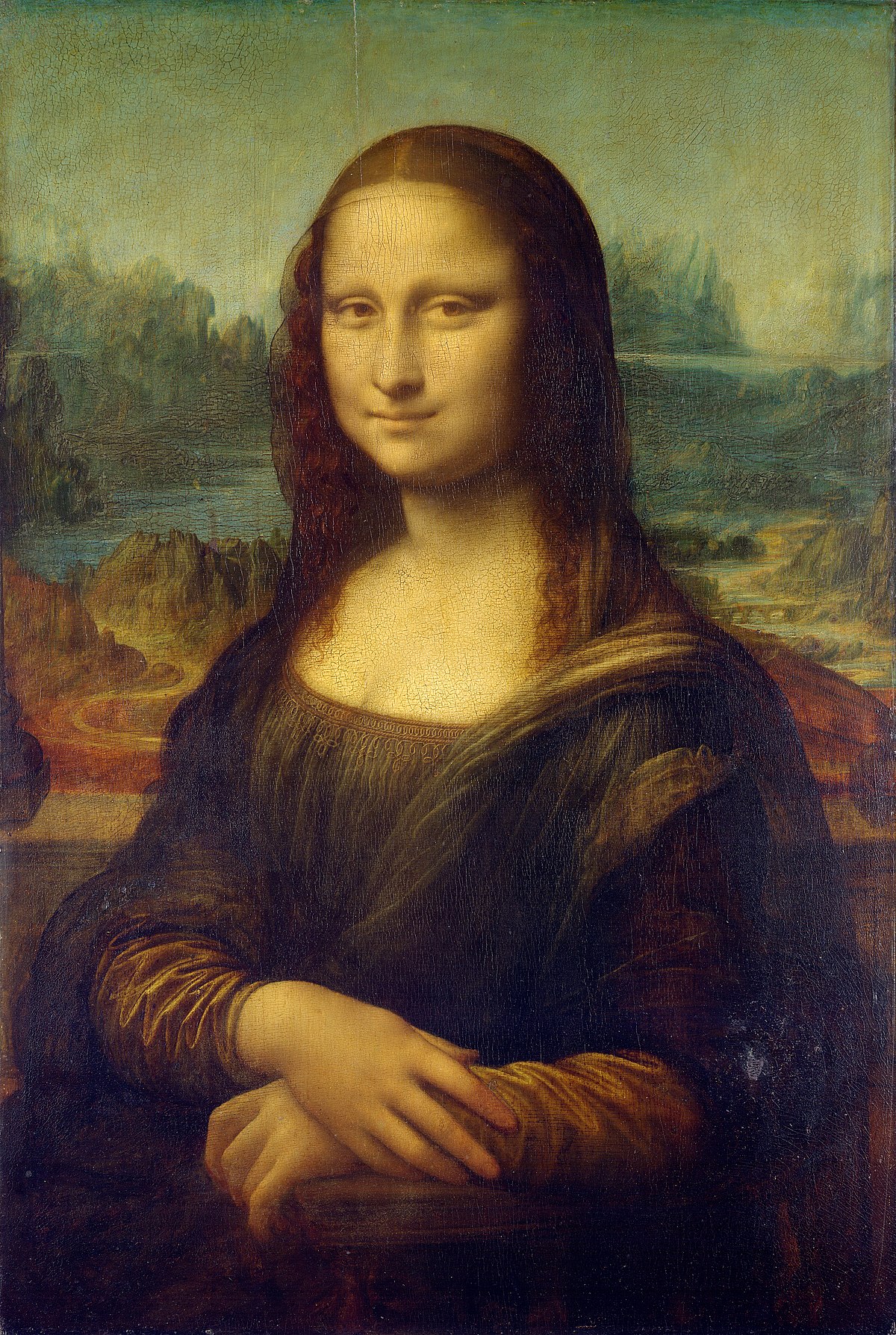
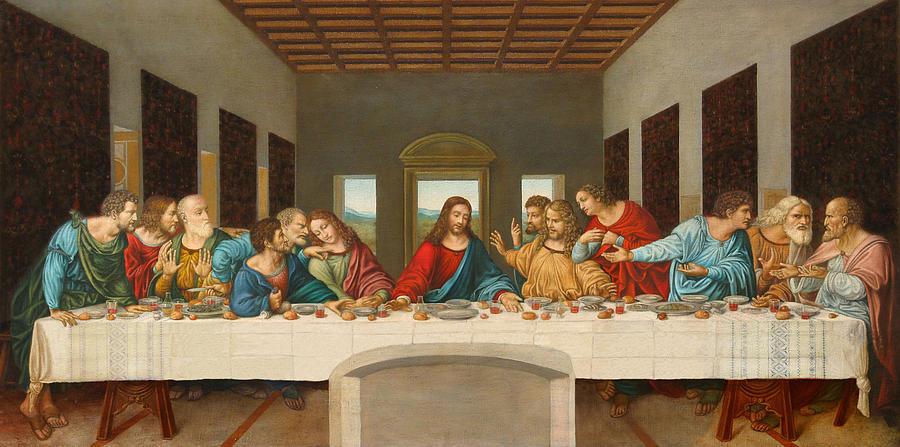
But painting is not even a tip of the iceberg of Leonardo creations. He published many studies of biology. The most famous one is “The Vitruvian Man”. “The Vitruvian Man” is a sketch of man’s body with perfect proportions.
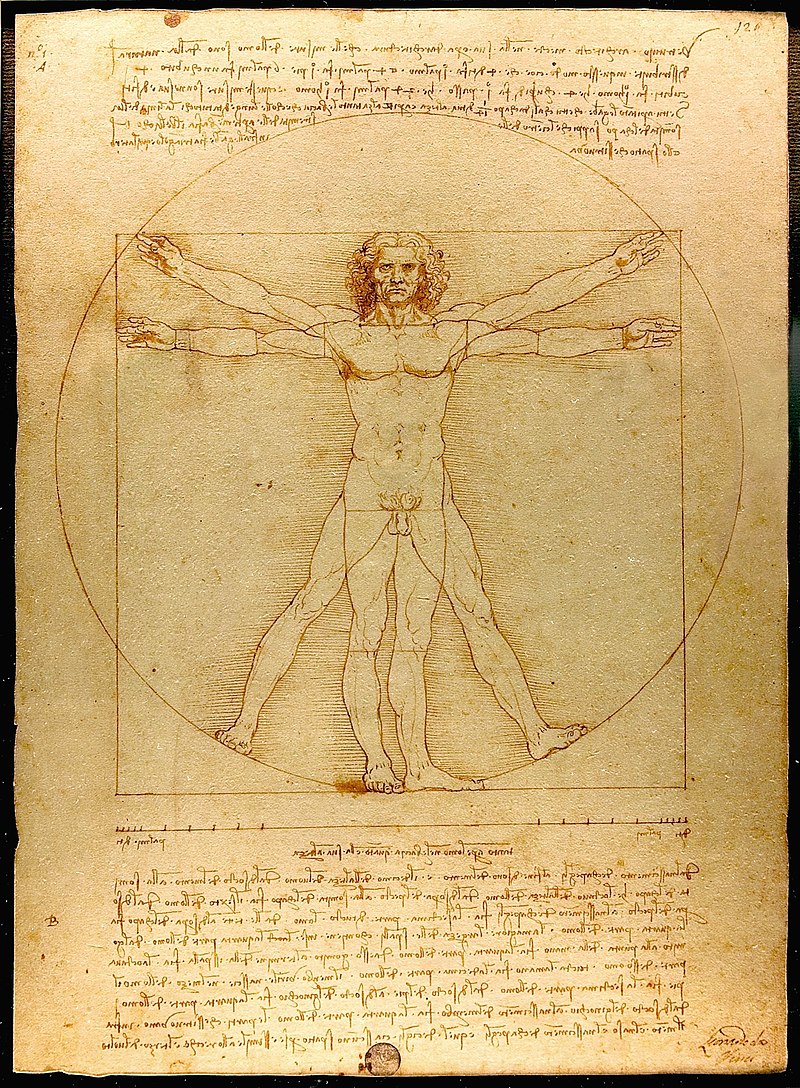
Leonardo was a master of mechanical principles. He know how to perfectly use gears, levers, pulleys and cranks. This knowledge allowed him to invent many great engineering inventions. Some of them were world first tank, many designs of cannons, water-elevated drawbridge and the flight machine.
Altho many of them were never build, such as tank or flight machine, they were ahead of time, in terms of technology.
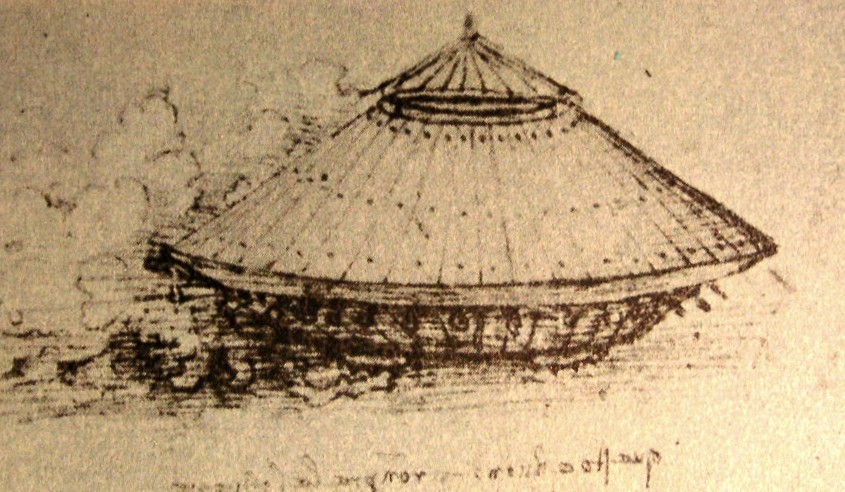

Famous Italian - Andrea Bocelli
Patryk 2Tf • 17 November 2019
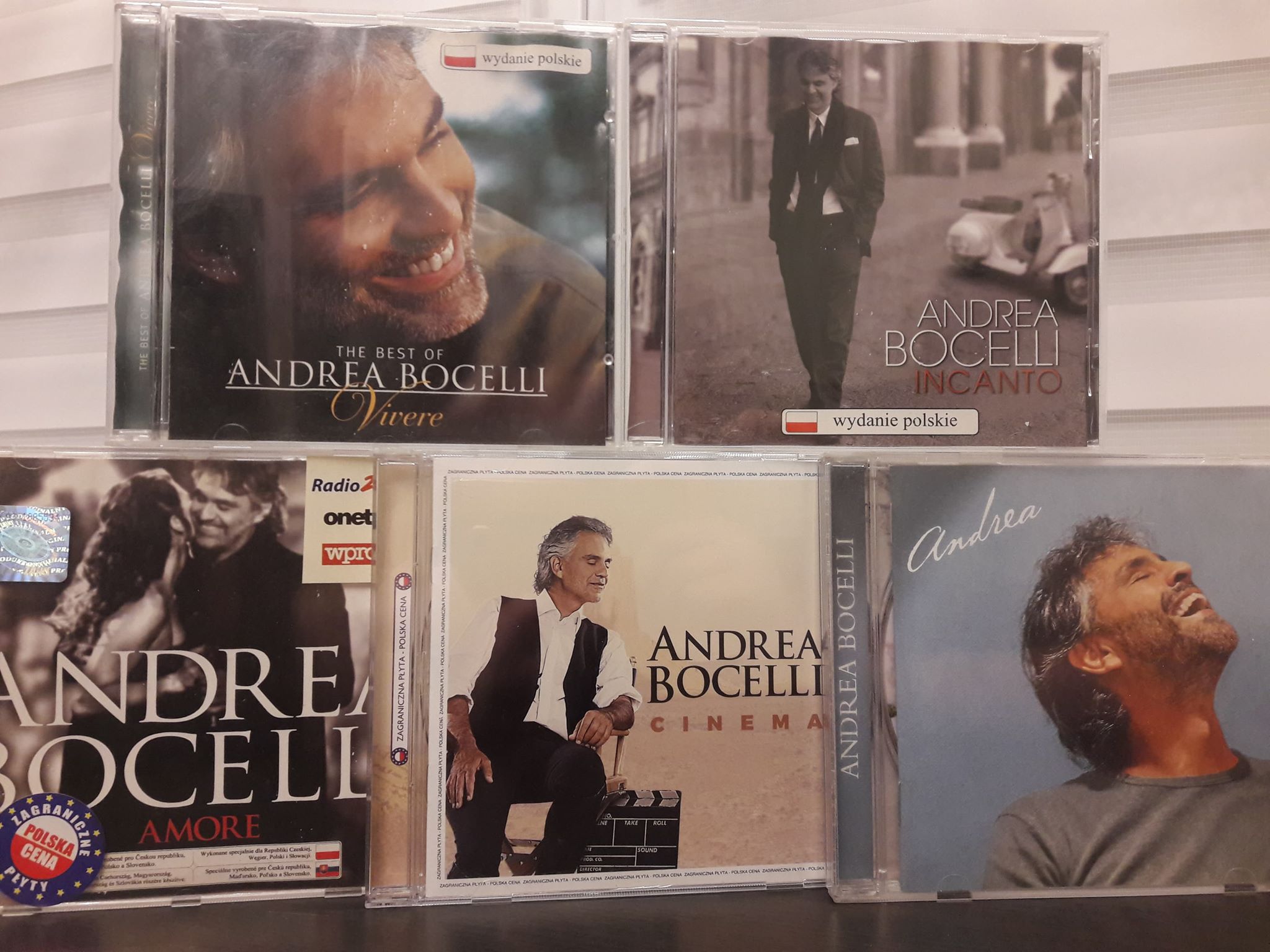
I'd like to talk about my favourite Italian Singer
One of my favourite singer of all time is Andrea Bocelli. My Mom used to listening to his songs when i was younger. I was so fascinated about his great voice and beautiful music. Usually I listend to him in kitchen along with my mother when we prepare dinner.By him i started to listen to opera.
„Time for say goodbye” is his most iconic and recognizable song (his Magnum Opus) and my personal favourtite track. He is a creator of many great hits like “Vivo per lei”, “Because we believe”, “Cantico”, “Fall on Me”
Andrea is very talented and good person, I think he has a normal life but I was shocked when I found out that he is blind. At the age of 12 when he was playing football along with his friends, he got a Extravasation. His blood flowed right into his brain and lost his eyesight.
Maybe Andrea could lost his eyesight in other way because since birth he had Glaucoma.
Altough his eyes problem he never give up and he become a great singer.
His melody is so calm and easy. When I listen him I can really fly away and forget about problems and for a while move to the opera concert.
Famous Italian - Gucci
Wiktoria 2TF • 17 November 2019
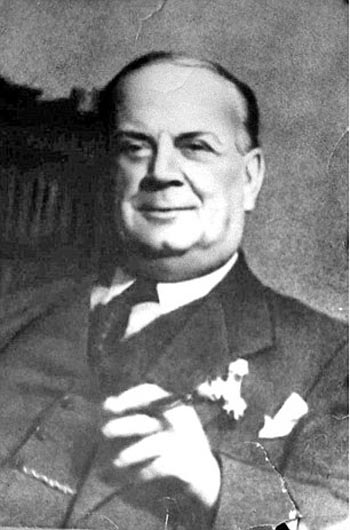
I'd like to talk about my favourite fashion designer - Gucci
Gucci(26 March 1881 - 2 January 1953).
The particularity that I like about him is his elegance, unique taste, extraordinary cutting and naturally very colorful palette of his fashion art.
His journey began when he was a teenager, back then he was a lift boy at the Savoy Hotel in London. Inspired by the elegant upper-class guests he returned to Florence and started making travel bags and other accessories.
Very soon after that he built himself a reputation for quality, people were amazed by his work. Gucci has expanded his business to Rome, soon later to Milan and only two years later to the Manhattan.
Right now, Gucci is known as a legendary fashion designer, but very little people know where he started. He sure hardworked for everything he achieved, and that is trurly respectable, yet very inspiring.
INTRODUCTION TO OUR PROJECT
Federica M. 4R • 17 November 2019
Hello guys, how are you all? We hope everything is fine and that your school year have started as well as ours!
I would like to show you and explain what we thought we could talk about this year. First of all, we would like to start the project comparing two different artists, writers, scientists or whoever did something interesting in life, one from Italy and one from Poland. We would like to learn more about important people for our countries. We’re going to write about these people, then we would like to discuss with you about an important woman and an important man who had a strong impact on art, science or sports from Poland and Italy and about how the whole world could learn something from them. We hope you’ll enjoy the project, and if you have some new ideas, please tell us! Have a nice day guys! We’ll talk soon!!
Irland
Marcin 1KA • 28 April 2019
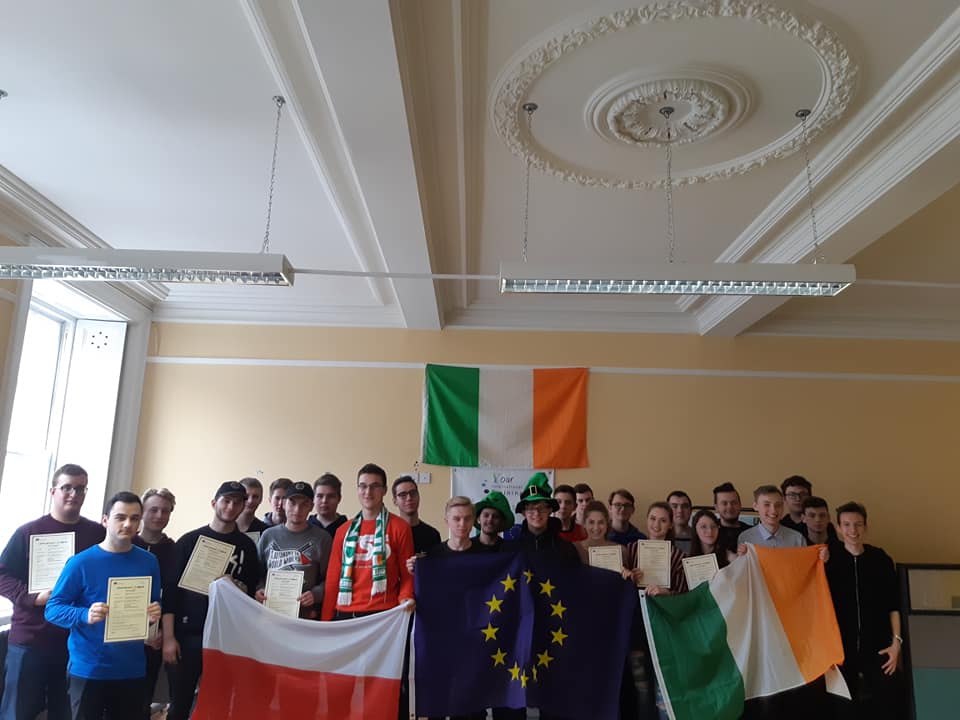
So as there was a post about irish landscape and culture in the past, I'm going to say something about our one-month experience on the land of "fourty shades of green". We went to Ireland for our month-long job practice as part of ERASMUS+ project.
Our destination was city named Sligo (irish: Sligeach), which is located in the Connacht county. As was said in general rules of the project, we were accomodated in host-families (2 - 3 students per family). For those who may not know, host-family is country native family, which wills to take foreign students to their homes and live with them for their whole mobility like with their own family members (funny experience to be honest). I and my friend ended living with a divorced woman and her two sons. At first we were a bit sceptical about it because of some not-so suitable to talk about reasons, but fortunately enought it turned out to be good (I'll say more about that later). First week after landing was all about participating in courses, which were supposed not only to check and improve our english skills but also to teach us something about irish culture. Turned out, we also heard few motivational speeches, went to multiple trips across nearby beach and learned about many interesting stuff going on in the city. Anyway the first week was kinda lazy because we didn't have to do anything in particular beside attempting the courses. We finished this week with a trip to the city of Belfast located in Northern Ireland. For me this one turned out to be the least interesting of all our trips, since we just saw few locations in the city and heard from our tourguide bit of a city's history and the we visited the Titanic Centre. As I said before there wasn't really anything special nor interesting so let's move on. Second week is when the things got more interesting, because on this week's Monday everyone from our group went to their jobs and started working. Almost everyone got to work in environment tightly connected to their chosen profession (we're studying in technical school after all). I'm say almost everyone, because there was a one exception and obviously this exception was me. But before I go deeper into it, let me explain. I'm not saying it in a bad meaning, nor in jealousy, because I was actually satisfied with my work subject and workplace, but I was expecting something else, in the end I'm an IT student after all. So I was working with a native speaker - Mr. John Joe Callaghan in ITSligo Innovation Centre (this man's got wonderful personality and very VERY wild sense of humor :D), I was working in language school. At first I was kinda disappointed, because I expected to be doing something related to web design or programming, but then I learned what I was supposed to do there. I was an IT assistant, which means I was participating in all of the lessons while designing question banks for students and helping to set up the online lecture live streams. Even if it wasn't what I expected, it was hell of a fun anyway. And that's just the second week (first work week), which was concluded by the trip across the land (we saw plenty of wonderfull mountains and waterfalls) ending with afternoon spent in Galway. The third week was even better than the previous one, because I've got to know my co-workers and students a bit better, and we were able to do more funny things. But unfortunately end of this week turned out to be awful (I forgot to mention, but so far since our arrival, the weather was perfect: clean skies without even a single cloud, lot of sun and temperatures stayed in relatively warm zone), because just for Saturday, when we were supposed to see some more rough parts of the beach - the cliffs. Unfortunately it was cold and it was literally bucketing all day (that's how they call the intense rain there), so for the whole day we just stayed inside the bus and saw the landscape through the windows. And then until the next saturday it was raining every single day, so everyone was in that sleepy mood and nothing interesting happened at all. And then everything came to an end. On friday we've met in the office where we had first week courses. There we said our farewell to the irish side organizers and we went to our host families to pack our bags and prepare for our return to Poland. Conclusion: those kind of projects are a wonderful occasions to meet many fantastic people, while also learning something about foreign culture and polishing your own english skills. I highly recommend participating in those projects whenever you have the ocasion to do so. I hope that reading this wall of text wasn't a torment for your eyes, so thanks for reading. CHEERS! ;)
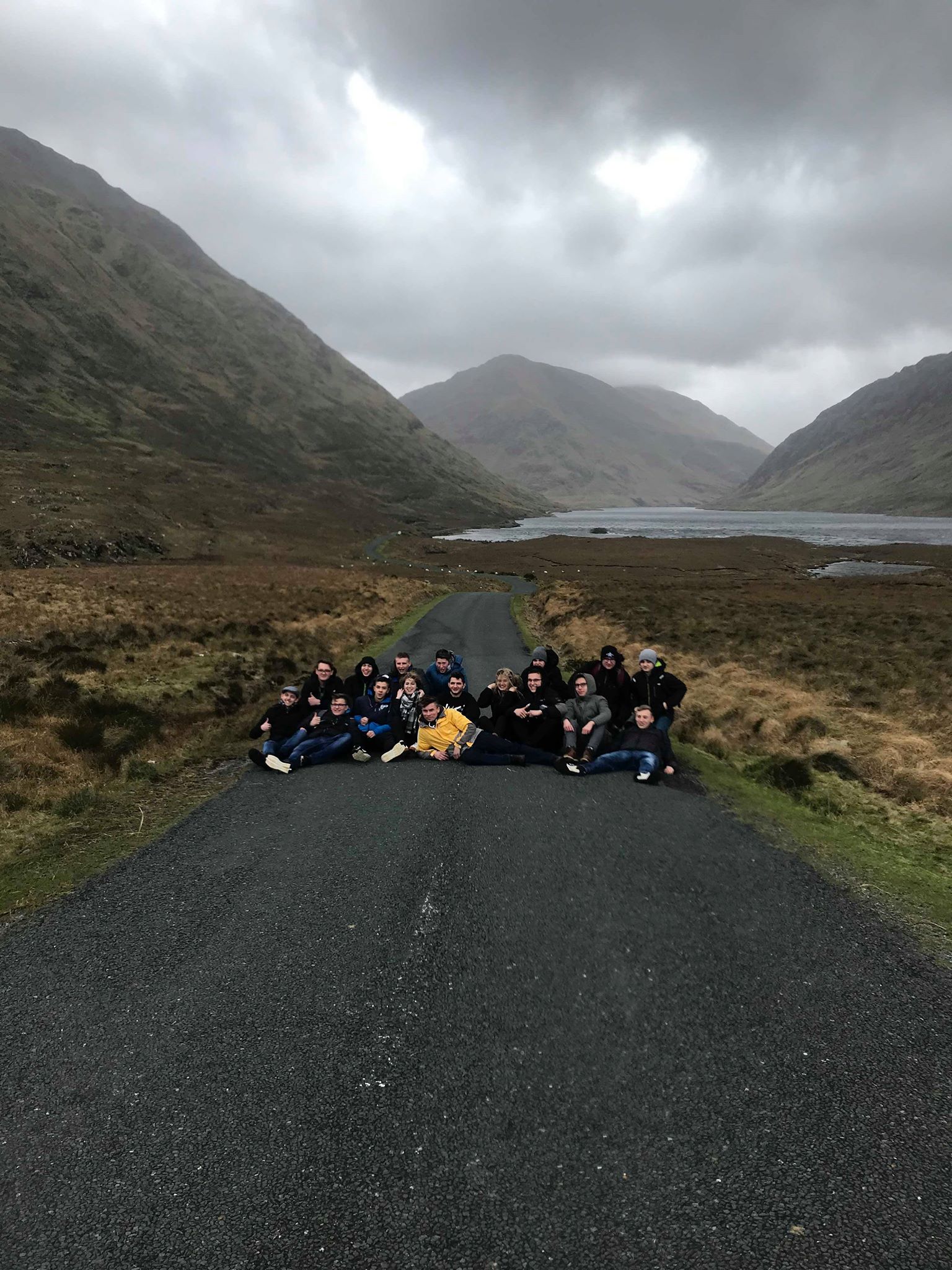
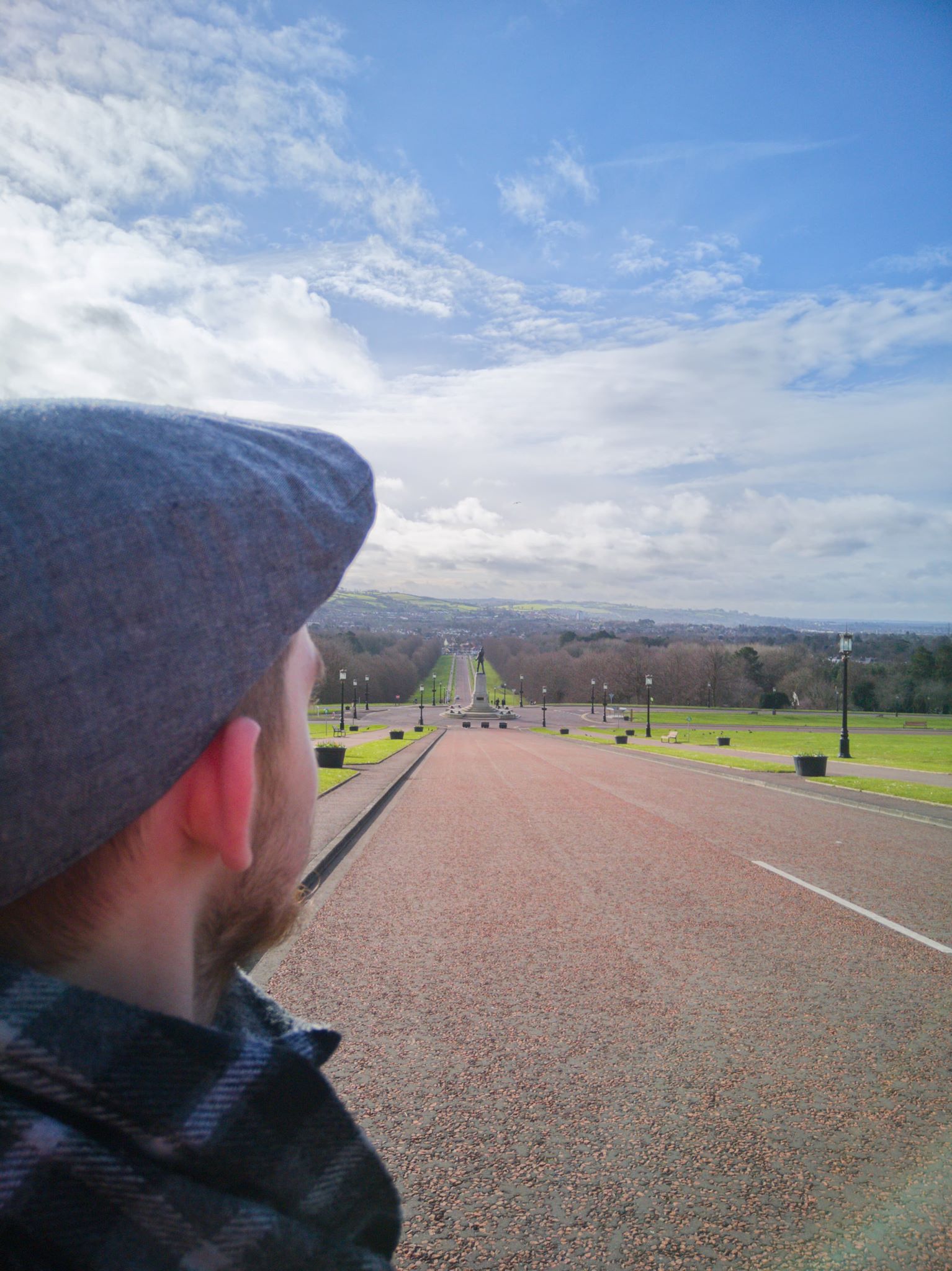
Famous Italian painter
Alice 3R • 15 March 2019
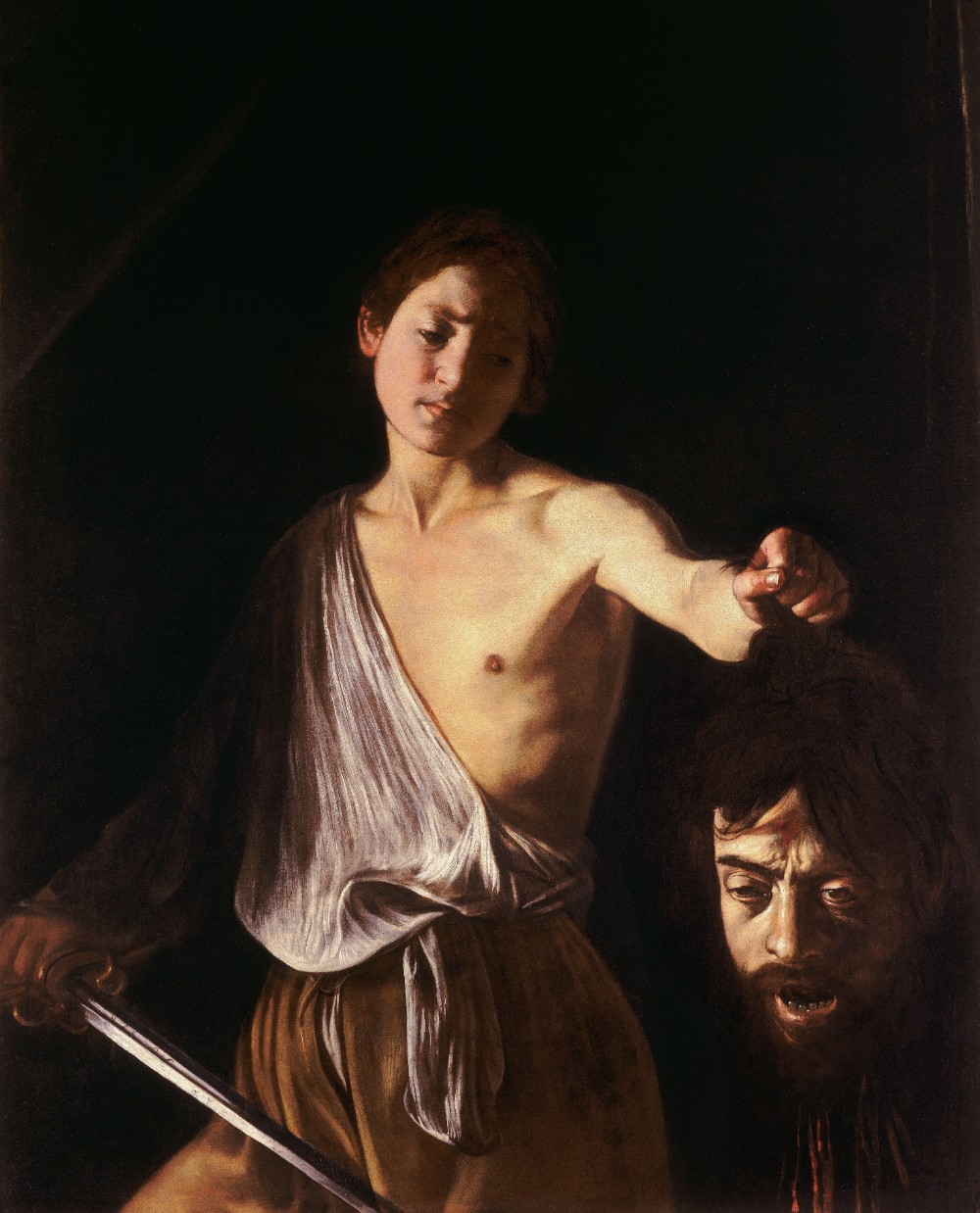
I would like to talk about a famous Italian painter, as well as one of my favorite artists, Michelangelo Merisi called Caravaggio (Milan 1571 Porto Ercole 1610). The particularity that I like about this artist is in his way of painting, emphasizing the volume of the bodies that suddenly exit from the darkness of the scene.
Caravaggio lived a tormented life linked to pleasures, including prostitutes, alcohol, fights that brought him into trouble. Living a life so intense, it is natural that he developed a fear of death, which remained impressed until the end of his days.
After the violent fight with Ranuccio Tomassoni and the death of the latter, his life became hell: he had a charge of murder and a death sentence which he could escape only by hiding here and there.
The fear of death obsessed him, leading him to paint the faces of the villains killed by his paintings with his features.
David with the head of Goliath is an example (Galleria Borghese, Rome):
The young David holds the head of Goliath decapitated in his hand and the exhibition to the public, to us, proposes the gesture of the winner, but looks at him with a compassionate look. Caravaggio representing himself in the head of Goliath, he represents tired and aged and as if the death sentence had been executed, and he had been beheaded.
A school trip - Paintball
13 March 2019
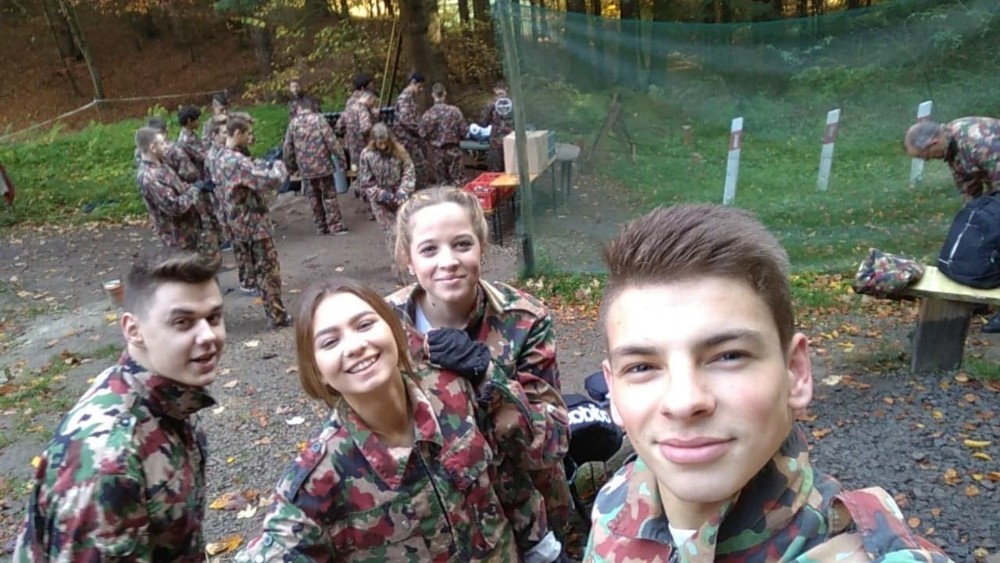
A 2 year's ago our class was on a one-day trip. My classmates and I travelled to Jankowce by bus. This is a village in Bieszczady with a forest where was a paintball area. If you don't know what Paintball is I will tell you a little bit about it.
A paintball is a competitive team shooting sport in which players eliminate opponents from play by hitting them with a special capsuls which is called "paintballs" that break upon impact. Paintballs are usually shot using weapon called a paintball marker that is powered by compressed air. Everybody wore a helmet of course and special outfit because of safety rules. We had to divide into two teams: Red and Blue. We didn't have a problem with that so it went pretty well. We had the opportunity to play 2 games. I played in the Red Team so we had to eliminate everyone from a blue one. It was hard to do it because they had a better location on the area. It was a really long time ago so i did'nt remember who won. After games we were really tired and hungry so we decided to lit fire nearby and prepare sausages. It was a one of the best trips in my life and I hope that we will went on a trip like that in this year.
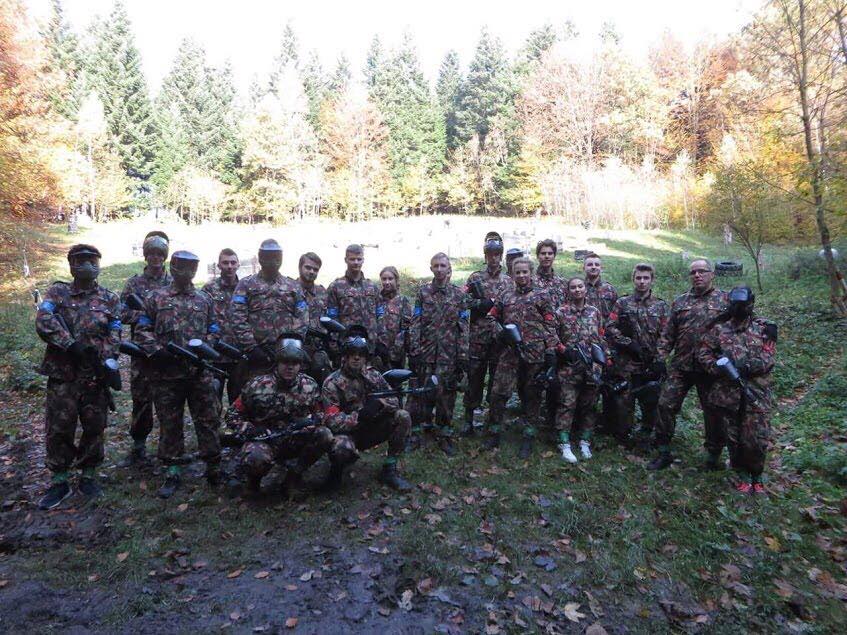
Some typical dishes from Belluno
Karina 3R • 2 March 2019
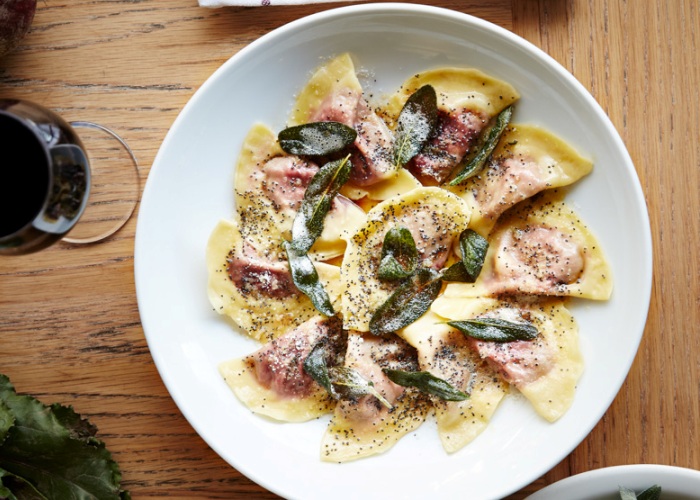
Casunziei
Casunziei is the name in Ladin (a local language in Northeastern Italy) for a kind of filled fresh pasta. This pasta has a typical half-moon shape and between two layers of pasta we can find vegetables and ricotta cheese. They are home-made and are typical of the culinary tradition of the Dolomites area.
The original recipes include the "red" variety with beet, potato, and red turnips; and the "green" one with spinach. Other varieties have fillings of pumpkin or radishes.
In particular, the casunziei all'ampezzana have a filling of red and yellow turnips and are typically served with melted butter, poppy seeds, and Parmesan cheese or a radish-based sauce.
Casunziei are served with ground poppy seeds and honey in Cencenighe, a village near Belluno.
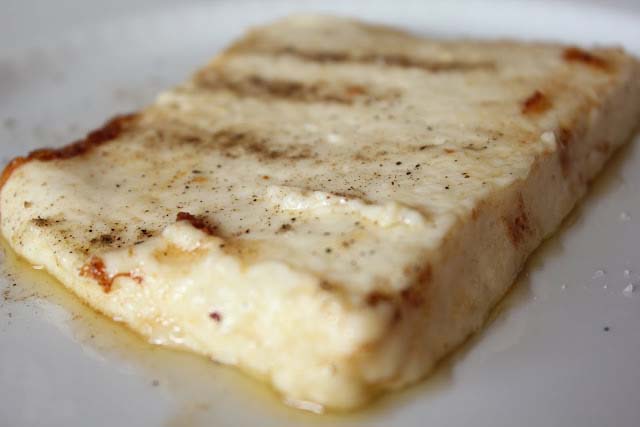
Formaggio Schiz
Schìz was originally a way of preparing and eating cheese which was peculiar to the Belluno area. This fresh cheese is cooked in sauce made by adding cream and/or milk, but some people cook it in a different way making it fried it in oil. This cheese is served with the traditional polenta dish.
Schìz is produced with full-fat cows’ milk. The milk is heated back up to the temperature it had at the time of milking. When rennet is added, the protein substances coagulate and form the curd. The curd is cooked briefly to obtain Schìz, a soft, semi-cooked cheese pressed into square-shaped moulds, which makes it easier to cut into slices. Lightly pressed and unsalted, it is sold extremely fresh.
Schìz is a genuine, versatile cheese which can be used in a multitude of recipes: starters, first courses, main courses and even sweets.
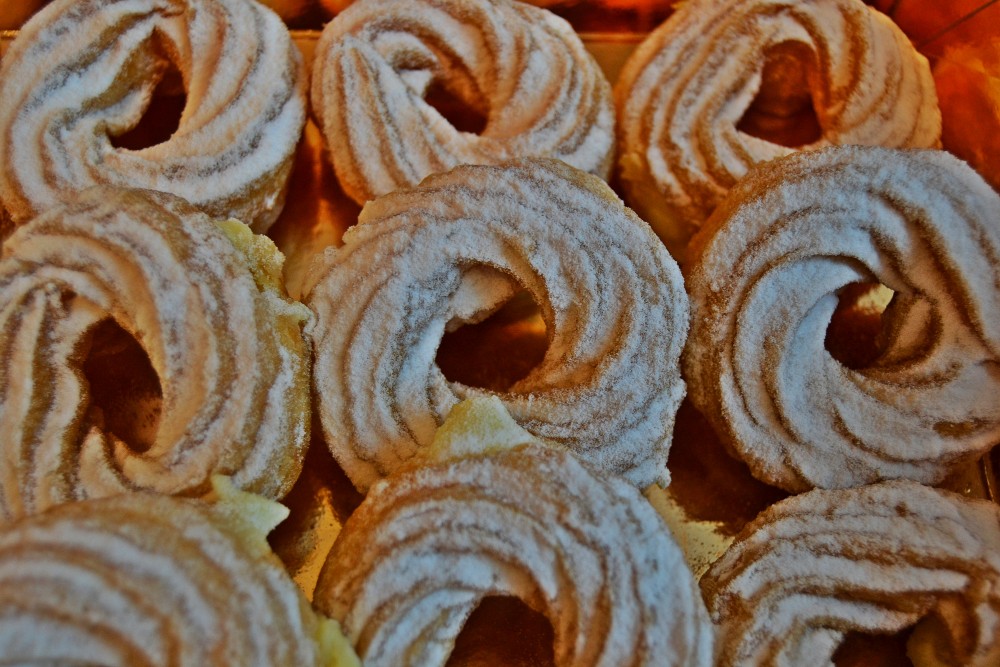
Giuseppine
Giuseppine are pastries you can find in many places of Italy, typically only in the Carnival period. Yet in Belluno, they are made and sold all year round.
They are made with simple ingredients like: flour, eggs, butter, water and salt. The dough is like the bignè dough. The chef make their form then fries it in oil.
The only negative aspect is that they must be eaten fresh, because they are made with natural products and also because they have much cream inside.
A dish from Poland
Mirco 3R • 2 March 2019
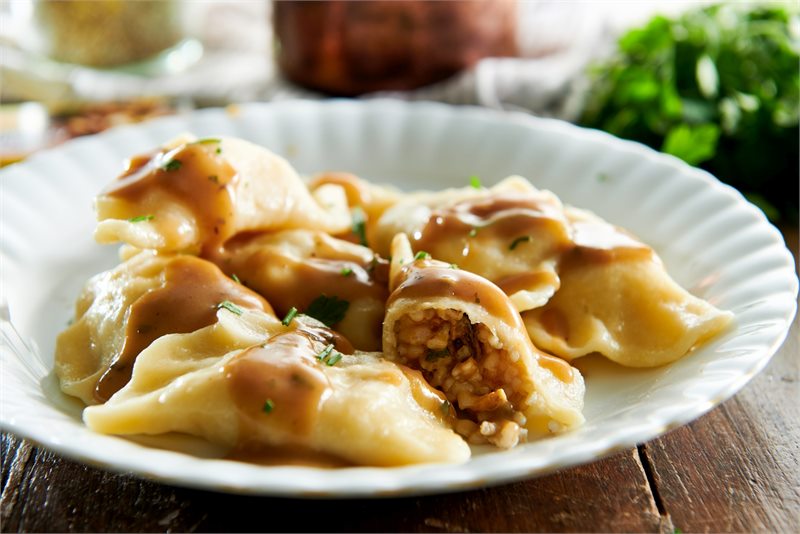
Polish cuisine is very simple but nourishing: it is mainly based on meat and grains and it is characterized by hot dishes, thanks to the use of several spices, such as allspices or laurel oak.
The main meal - most of the time, a traditional dish – is eaten in the afternoon. The most famous dish are “PIEROGI”, a sort of fresh pasta, similar to Italian ravioli, filled with both salty and sweet ingredients. Their origin can be traced in the medieval era and they were eaten only at Christmas, Easter and during weddings. The dough is generally made of flour, eggs and water. Several variations of Periogi exist: Pierogi filled with sauerkraut and mushrooms, with potatoes and quark, with typical local cheese, but also with meat, onions, bacon, butter or sour cream. Sweet Pierogi, instead, are characterised by dried fruit or wild berries filling. To make them crisper, it is necessary to finish the Pierogi cooking by browning them in a pan. To cook them in the traditional way, few and simple ingredients are sufficient. For the filling: 1 onion, allspices, laurel oak, pepper, 200 grams of sauerkrauts, 50 g of porcino mushrooms, then simmer on a low heat for 5 hours. For the dough: 250 g of flour, 200 ml of water, 3 eggs, then the dough must be rested for half an hour. Then the dough must be rolled out with a rolling pin and cut in a round shape, filled with the ingredients and boiled in hot water for 2 minutes.
My Favourit Sport
Davit 3R • 2 March 2019
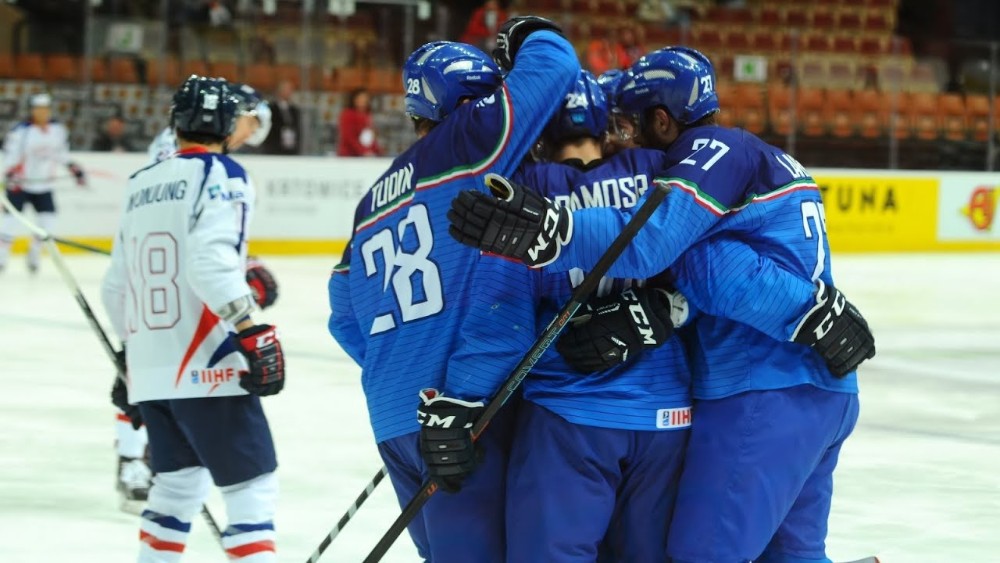
My favourite sport is Ice Hockey. I played for 10 years, but now I don't play anymore because in my area and in Italy it isn't very popular and it's difficult to find a team with players of my category.
In Italy hockey is practiced only in the north because in the south it's too hot to be practiced, yet in the north there are only 4000 players and with the new generations there are fewer and fewer.
Then there are not so many teams, that's why a lot of my teammates have gone to play in Finland or in Switzerland.
I really like hockey because I think it's a very fast sport and in particular because it's a team sport.
A hockey team consist of about 20 players, of whch only 6 play: a goalie, two defenders and three strikers, the remaining players replace the other players during the game, without limits.
The objective of the game is to pull the puck with the stick in the opponent's goal.
I think that in Poland ice hockey is more practicedthan in Italy and i would like to see or play a game in Poland.
Why I think studying languages is important
Michelle 3R • 2 March 2019
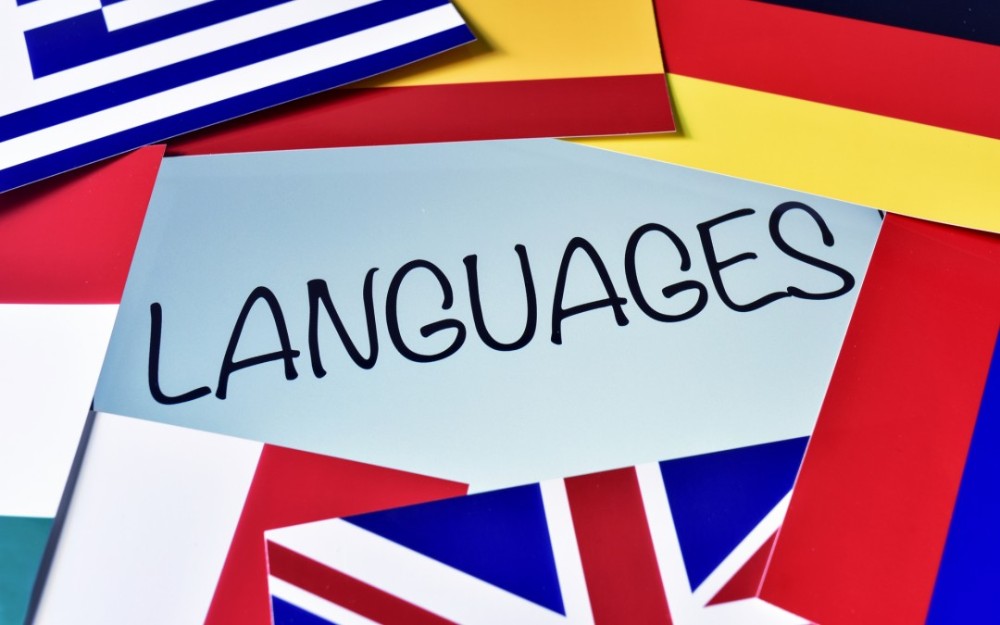
I speak four languages: Italian, English, Spanish and German. I began to speak my mother language when I was a child and I began to learn several foreign languages: when I was 6 years old I started studying English, when I was 10 years old I began to learn Spanish and when I was 13 years old I began to learn German.
For me studying languages is important because you can go and live abroad, after completing your studies. Actually, many young people leave their country to look for a good job abroad. This is mainly due to the scarcity or lack of good job opportunities in local areas.When you move to a different country or region, learning the local language will help you to communicate and integrate with the local community.
In companies, the knowledge of foreign languages can offer greater opportunities for both personal and corporate growth. This study also helps you understand your own language and culture better.
Studying languages is important because it opens up a world of job opportunities, too.
You can make new friends and you can know about their cultures. With the study of languages you can travel more easily, you can have real conversations with the people you meet, which can be very interesting and will add a new dimension to your holiday and you can train your brain too.
Last but not least, learning other languages increases our chances of providing help to people who seriously need it.
Defining the importance of studying languages is the same thing of defining one of the elements of human nature: the need to communicate.
My favourite Italian dishes
Elisa 3R • 2 March 2019
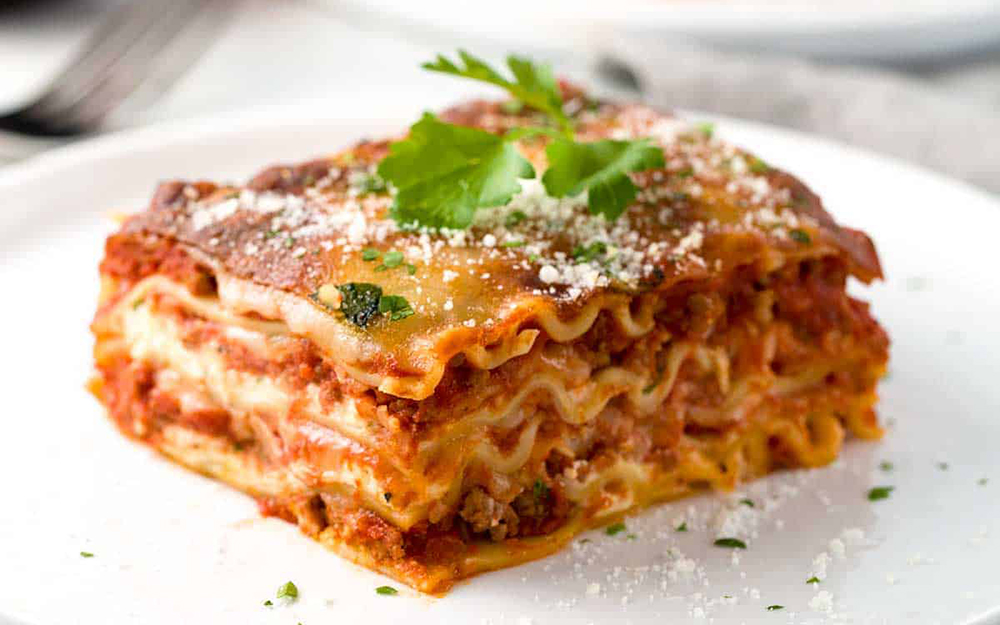
Lasagne
My favourite Italian dish is Lasagna.
It’s originated in Italy, in the region of Emilia-Romagna.
July 29th is National Lasagna Day.
Traditionally, the dough used to be prepared in Southern Italy with semolina and water, while in the northern regions it was prepared with flour and eggs.
The earliest lasagna recipe dates back to the 13th century; at the time, tomatoes were not known to Europeans, this means that they couldn’t have used them in the original recipe. However, depending on the recipe, different kinds of cheese are used.
The “Lasagna alla bolognese” are made of layers of dough, either plain or with spinach, filled with béchamel, grated Parmigiano Reggiano and meat sauce.
The regional variants of lasagna are almost endless.
There are Carnival lasagna, prepared in Naples for Mardi Gras, stuffed with meatballs, sausages, ricotta, mozzarella and eggs while Marche’s "Vincisgrassi" are stuffed with pork, beef and chicken giblets.
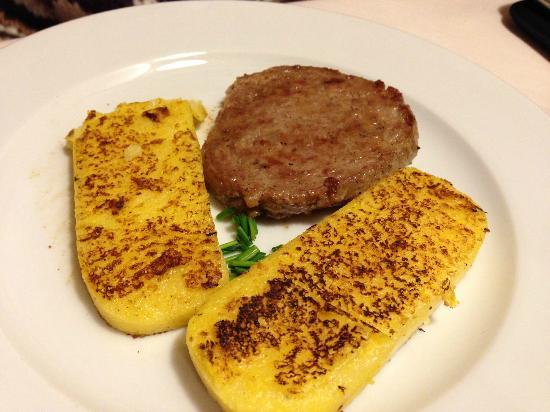
Polenta e pastin
Another dish that I really like is Polenta and Pastin, it’s a typical Belluno dish. Pastin is made with fresh, spicy minced meat. It’s prepared differently from valley to valley, it can be eaten either raw or cooked. Once it used to be eaten on pig slaughtering days only, today it is present all year round and in all local festivals.
Pastin is presented as a roller of fresh minced meat similar to a hamburger. Each valley in the province of Belluno has its own secret recipe: there are those who present it in a simple way, unseasoned, and those who, as in Val di Zoldo, enrich it with white wine, garlic and spices.
Pastin can be eaten raw, spread on bread or grilled and served with polenta. In the province of Belluno, it is also appreciated in a sandwich in all provincial festivals.
Main tourist attractions in Warsaw
Christian 3R • 2 March 2019
I was seeing some articles about top 10 things to do in Warsaw and I discovered lots of information about your capital. It offers lots of different types of attractions, from historical places like the Royal Castle to natural environments like the Łazenki royal park or Wisła river, and also iconic places like the Palace of culture and science, the Royal Route and the Museum of the Warsaw Uprising. It is phenomenal how Polish people have rebuilt it in this short time frame and I think you guys must be proud of your people. So, let’s see the main tourist attractions in your capital!
The Wisła River
So, Warsaw straddles the Wisła (or Vistula) river, the longest and largest river of Poland. Recently the river bank has become a trendy meeting place. The new beach pavilion and café space (in Polish: Plażowa) hosts a cycle of free concerts called Miejskie granie (urban playing) performed by Poland’s best young musicians. In the Plażowa you can also find cafés and bars, a cinema, and many other services.

The Royal Route
The Royal Route is undoubtedly my favourite part of the city, it is encompassed by five connecting streets on which many culturally important buildings and monuments are located. It starts on the edge of the Old Town and it’s over a mile long. After touring the UNESCO-listed Old Town, head along Krakowskie Przedmieście street, then onto Nowy Świat street (great for bars and cafés), down Aleje Ujazdowskie and end at the famous Royal Łazienki Park.
The Łazenki royal park
The Łazenki royal park is one of the most beautiful and charming parks in the whole of Europe. It was designed in the 17th century in Baroque style. The park is home to a number of palaces (including the main Palace on Water), a neoclassical amphitheater and orangeries. Often in summer, there are free yoga and meditation classes in the park.

The Royal Castle
The Royal Castle is situated in the Old Town on Castle Square. It used to be the residence of the Polish royal family between the 16th and 18th centuries. The castle was completely destroyed by the German army during World War II and it was reconstructed under the Communist regime in the 1980s. It host a collection of portraits of the Polish kings and a collection of 23 18th-century paintings of Warsaw ordered by Poland’s last king.
The Museum of the Warsaw Uprising
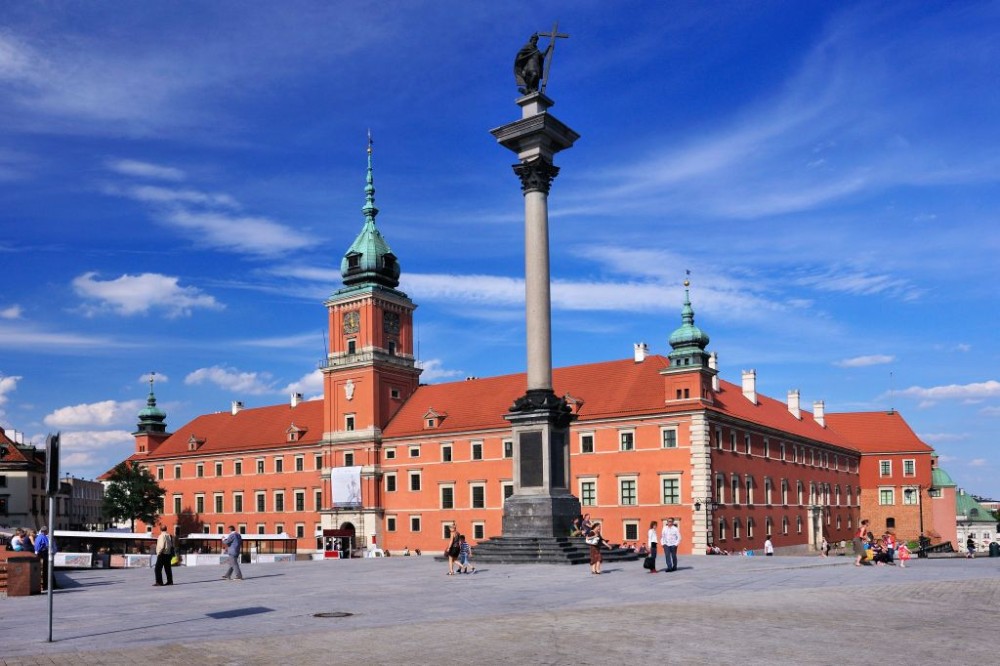
The Museum of the Warsaw Uprising presents the history of the 1944 uprising, crucial for the development and the end of World War II. It was modeled after the Holocaust Memorial Museum in Washington, D.C. and uses multimedia design in order to replicate the atmosphere of the uprising. You can see some of the bunkers used in the uprising, read extracts from newspapers printed at the time, as well as understand the chronology of the battle proceedings.
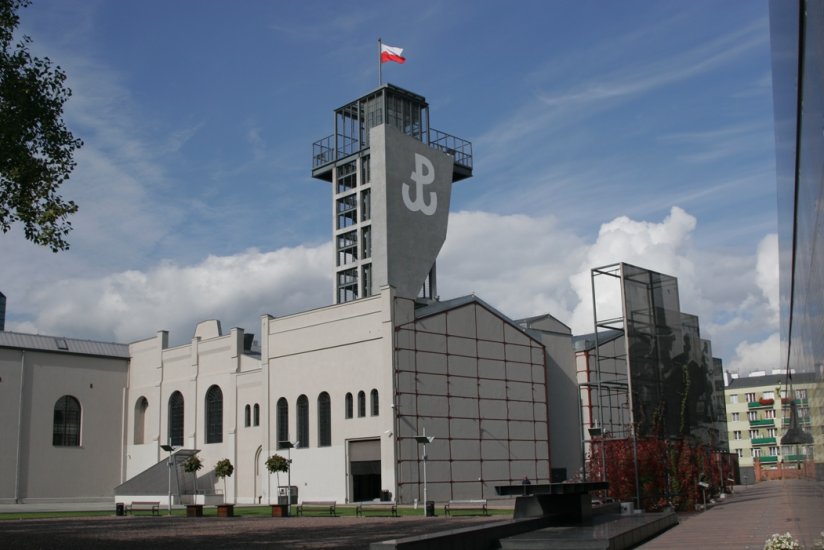
The Palace of Culture and Science
Located in the very center of Warsaw, the Palace of Culture and Science, inaugurated in 1955, to this day is the highest building in the country. Architectural blend of socialist realism, art deco and Polish historicism, has been controversial since its inception. The 2000 edition of New Year's Eve unveiled a commemorative Millennium clock, the second largest in Europe. Nowadays you can find a Cinema, Theater, Museum and the Congress Hall here.
My eating habits at school
Selena 3R • 2 March 2019
In my school there isn’t any canteen because at lunch we eat at home, but sometimes there are extra courses in the afternoon, so students have to eat here. They can take sandwiches with cheese, ham, salami and other cold cuts from home or can order a pizza from a restaurant, choosing among different varieties of pizza, then a person bring pizzas at school at 13:00.
Every day lessons start at 8 a.m. and finish at 13, but luckily we have a break at about 11 a.m. or 10.30 a.m. (on Tuesdays and Thursdays) to eat something. The students can take some little snacks from home or buy something at the vending machines. Here you can find bottles of water or cold tea, cana of coca-cola, juices, sandwiches with tuna fish, ham, mushroom, biscuits, chocolate snacks, chips or crackers. Students can also drink some hot beverages in other vending machines. We can choose among tea, milk, hot chocolate (strong or light), cappuccino and different types of coffee. You have to pay for everything, of course!
Our break lasts 10 minutes and I usually take snacks from home, I often eat sweets like brioches, biscuits or checkers and sometimes I eat chocolate or fruits like oranges. We know that eating healthy food like yoghurt or fruits is better, but actually only a few people eat that!
Venice
Naike 3R • 26 February 2019
Venice is the capital of the Veneto province. Venice is situated in a lagoon, there are 118 small islands there. This city and its lagoon are listed in the UNESCO Word Heritage Sites list. 260.897 people live in Venice, of whom around 55.000 live in the historical part of the city.
The name comes from the ancient Veneti, the people that used to inhabit the region in the 10th century. Venice in the past was also called: “Queen of the Adriatic”, “City of Mask”, ”City of Canals”, “City of Water” ,”The floating City”. Venice has a lot of art treasures, especially from the Renaissance period. Music is also an important aspect of Venice, because it has an important role in the history of symphonic and operatic music and also because Antonio Vivaldi was born in Venice
The main monuments, bridges and traditions are:

-The Rialto Bridge: is the oldest of the four bridges in the Gran Canal. This bridge had two slanting ramps, so also tall ships can go under while people can walk over it. In one of Robert Browning poems, it’s called the Shylock bridge, after Shakespeare's character Shylock, from “The Merchant of Venice”. Construction works started in 1588 and ended in 1591. It connects the districts of San Marco and San Polo.
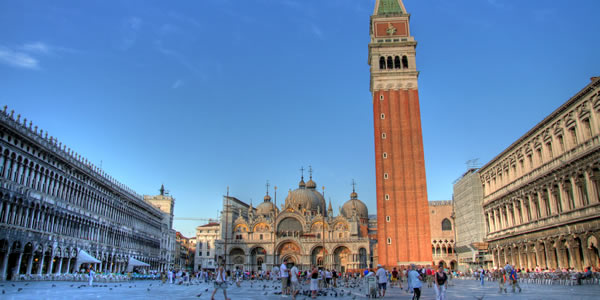
-St. Mark’ s Square: is the principal square of Venice; it’s the political, religious and social center of the city. This square is divided in two parts, the “piazza” and the “piazzetta”; “piazzetta “ is connected to the south of the “piazza” through the waterway of the lagoon, here we can find the Doge’s Palace to the east (which used to be the residence of the Doge of Venice) and Jacopo Sansovino’s library to the west. In the “piazza” there is the church of St Mark and beyond that is the Clock Tower, completed in 1499. To the left there is a big arch along the north side of the Piazza, the buildings on this side are known as the Procuratie Vecchie, the old procuracies, formerly the homes and offices of the Procurators of St. Mark, high officers of state in the days of the Republic of Venice.
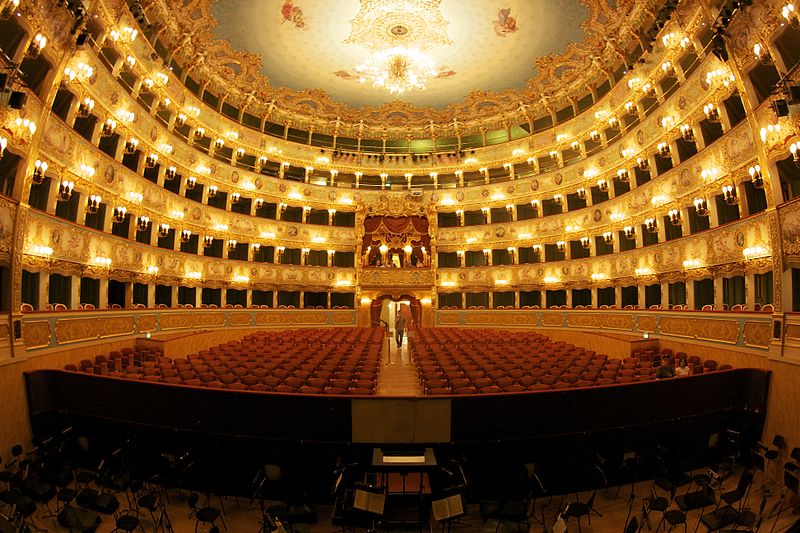
-Gran Teatro La Fenice: is a theatre founded in 1792. In the nineteenth century, the theatre staged the world premieres of numerous operas, including Rossini’s Tancredi, Sigismondo and Semiramide, Bellini’s I Capuleti e i Montecchi . There are many rooms, the most important are the “Sala Grande” and the “Sala Dante”. Sala Dante is a room inaugurated in 1865 on the occasion of the sixth centenary of the birth of Dante Alighieri and, to celebrate the event, the painter Giacomo Casa created a large composition with a big decorative ceiling frame, showing Italy in the act of crowning the great poet, and six tempera fresco paintings on the walls, with the same number of scenes from the Divine Comedy. “Sala Grande” is another elegant room used for balls, chamber music concert and conferences. Almost completely destroyed on the night of 29 January 1996, Sala Grande has been faithfully reconstructed from the original model. The floor, which is above the foyer, collapsed after a fire and only the corners were saved. Nowadays the floor and the walls are same of the past, with the same color and decorations.
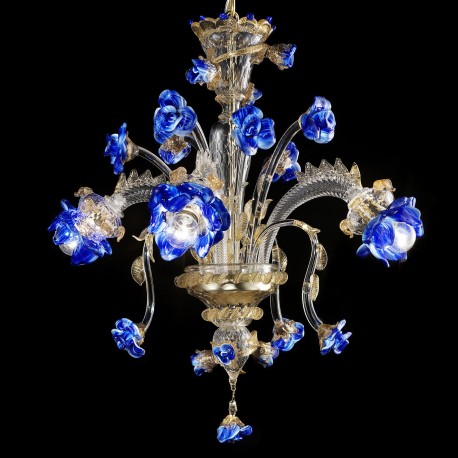
-Murano Glass: this glass has been made for over 1,500 years, especially the Island of Murano, that is in the Venice lagoon. Since glass factories often suffered from fire accidents, this removed the possibility of a major fire disaster from the city. Venetian glassmakers developed secret methods for making glass, and the concentration of Venice's glassmaking on the island of Murano enabled better control of those secrets. The art of making glass became a job and slowly the glasses created by the merchant class dominated the Mediterranean Sea. The spread of glassmaking talent in Europe eventually diminished the importance of Venice and its Murano glassmakers.
-The carnival of Venice: is an annual festival that takes place in St. Marco's Square. The Carnival ends with the Christian celebration of Lent, forty days before Easter, on Shrove Tuesday, the day before Ash Wednesday. The festival is world-famous for its elaborate masks. This festival was celebrated for the first time in 1162. Venetian masks can be made of leather, porcelain or using an original glass technique. The original masks were rather simple in design, decoration, and often had a symbolic and practical function. Nowadays, most Italian masks are made with the application of chalk and gold leaf and are hand-painted using natural feathers and gems to decorate them. However, this makes them rather expensive when compared to the widespread, low-quality masks produced mainly by American factories. This competition has accelerated the decline of this historical craftsmanship peculiar to the city of Venice. There are many characters represented by masks, for example: “Colombina”, is a half-mask, only covering the wearer's eyes, nose, and upper cheeks. It is often highly decorated with gold, silver, crystals, and feathers. The Colombina mask is named after a stock character in the Commedia dell'arte: Colombina was a maidservant and soubrette who was part of the Italian theatre for generations. Also “Arlecchino” is a very famous character, is a “Zanni “character of the Commedia, his originally wooden and later leather half-mask painted black depicts him as having a short, blunt, ape-like nose, a set of wide, round, arching eyebrows, a rounded beard, and always a "bump" upon his forehead meant to signify a devil's horn. He is a theatrical counterpoint to Pantalone, and the two characters often appeared together on stage.
An Italian poem soldiers by Giuseppe Ungaretti
Chiara N. 3R • 26 February 2019
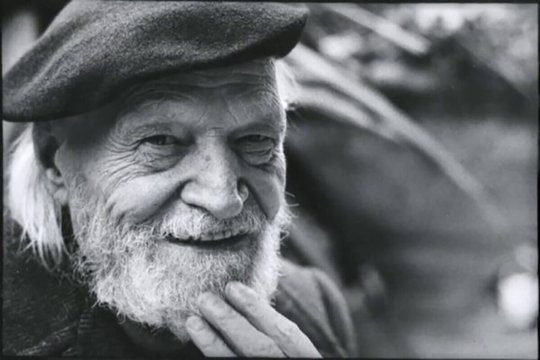
This is one of the most famous and important italian poems of the 20th century.
An Italian poem
Soldiers by Giuseppe Ungaretti
Si sta come
We are as
d’autunno
in autumn
sugli alberi
on branches
le foglie
the leaves
This is one of the most famous and important italian poems of the 20th century.
The poem describes the hard living conditions of soldiers during World War One. Using an elaborate simile, Ungaretti tells us about the vulnerability of soldiers who fought every day, as they didn’t know if they would survive or not. If an enemy soldier fired just one shot, they could die: they lived in uncertainty. Soldiers had to be very hopeful and cling to life with all the strength they had, because during the war they had no guarantee about anything.
Although the poem is very short, it can help us think about the human condition during the war and about the soldiers’ awareness of death always haunting their lives.
This poem can also be connected to present times, because today there are still many wars going on, so there are many men and women in a similar situation.
I think this poem describes war in a good way, because reading it we can understand the feelings, thoughts and fears of soldiers. Besides, with the metaphor “the leaves in autumn which fall”, we can actually feel the sunset of life coming like autumn comes every year after summer. I also think this poem is very straightforward and only a soldier could have written it. Actually, Giuseppe Ungaretti wrote this poem during the First World War when he was in France.
He was born in Alexandria, Egypt, in 1888 and died in Milan in 1970. He was an Italian writer of the 20th century. In the First World War, he enrolled as a volunteer soldier in the Italian Army. He fought in Friuli (a northeastern region of Italy), but when he wrote this poem, he was in Courton Forest (July 1918) in France.
Possible solutions to global warming
Chiara R. 3R • 26 February 2019
For me, nowadays the most important problem of the world is global warming. It causes problems to the atmosphere, to the space, animals and first af all to us. Now, the question that we need to ask is: what we can do to decrease global warming?
First at all, a big problem connected to global warming is the increase in the greenhouse effect and exhaust fumes released by cars in the air. For this, we should try to use publics means of transport like trains or buses or bikes. Another possible solution is buying less polluting cars.
Then, another solution to decrease global warming is to improve our diet. We need to reduce our consumption of meat, especially beef. That's because a pound of beef is responsible for18 times the gas emissions of the same amount of pasta, and this increases the greenhouse effect.
Last but not least, we can use solar panels to produce energy taking advantage of solar power, or we could build a greenhouse, in other words a house composed of systems that help avoiding energy waste and use solar power to heat our house and water.
One conclusion, I think that everybody in their own small way can do something to avoid global warming. If we all tried to do small things, we would get more improvement and also save the world.
Music
Lara 3R • 3 February 2019
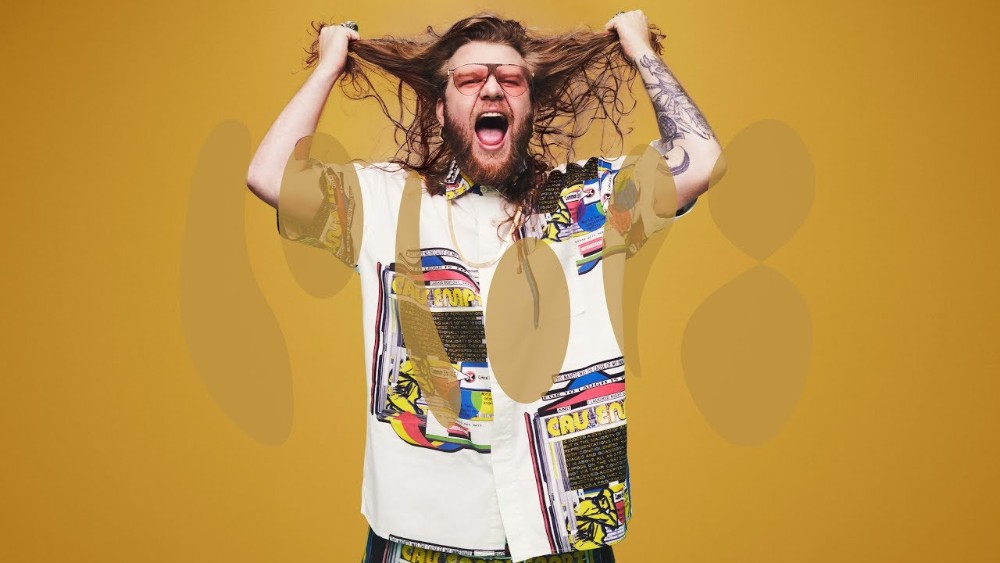
I want to talk to you about music.
I like listening to music very much. I listen to music as much as I can, because it relaxes me. I noticed that if I don’t listen to music during the day, in the evening I feel stressed. I like listening above all to rock and rap music. I don’t have a favourite singer because I listen to a lot of music of the same type. Maybe you know, for example, AC/DC or Blink-182 or Green Day. These groups are quite famous in the world for rock music. Of rap music I can tell about Italian rappers because I listen almost exclusively to this. I listen to singers like Nitro and Salmo, as for American rap singers, I like Eminem and Kendrick Lamar. I think you don’t know Italian rap, but I find it nice: I listen to it because I can vent my frustrations. The same is for rock music. I recommend you listen to this music, above all Italian music, to change or get an idea about it!
ERASMUS+ Vocational Educational Training in Ireland
Marcin Winnicki 3TK • 29 April 2018
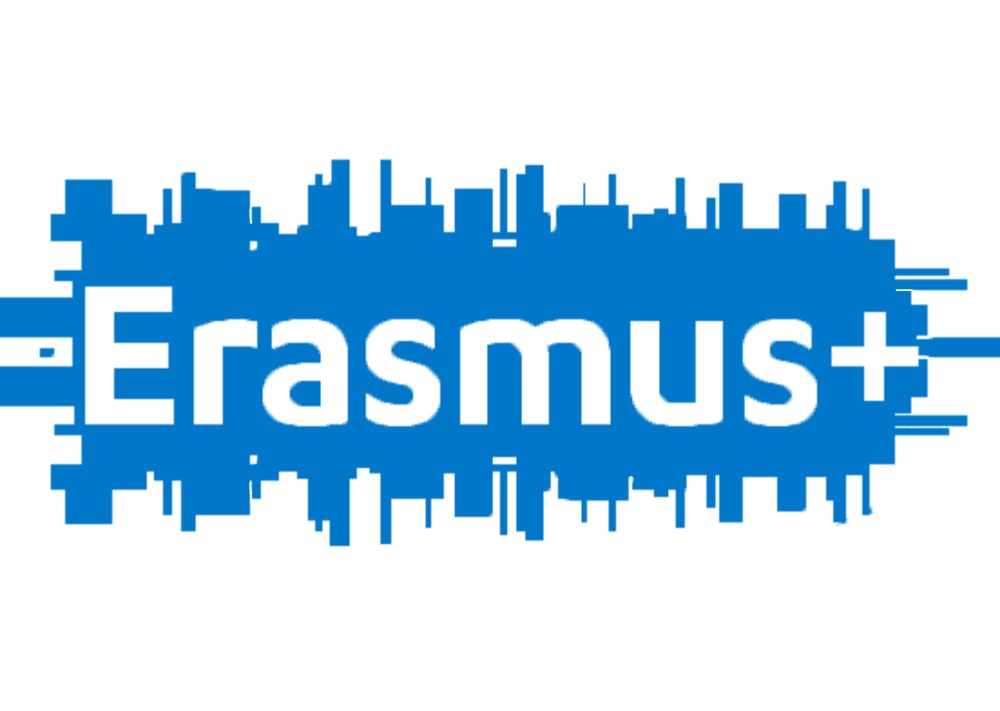
We’ve all heard of the Erasmus Project. The project that allowed students from all over Europe to see the outside world, broaden their horizons and, most importantly, strengthen their position on the European job market. This year, the time has come. It was our chance to prove ourselves that we were able to preserve the honor of our school.
On January 11th 2018, 25 students from our school, plus two teachers, have left the country to seek prestige in Ireland. Many hours later, we arrived in a place that would become our home for the following month. We also met the people who were supposed to take care of us. Complete strangers. But thinking about it, so were we. We were all on the same boat. We had to trust them and let ourselves be trusted. All of it felt surreal but also magical at the same time. All of the students have been divided into several groups, each with 2 to 4 people. Every group went to live with a different family. I was in a group with three of my classmates. Many people call Ireland the “Emerald Isle”. I can’t really think of a more fitting name. When our group woke up the next day, we were greeted by a view of green pastures, fields scattered with numerous sheep (there were so many sheep!) and grassy hills all around us. You can joke that the grass is greener on the other side of the fence, but in this case, it really looks greener. I don’t know why. The first day was mostly introduction. We met the representatives of Your International Training (YIT), who gave us the plan for the following weeks. They also told us about our accommodations and internships, and shared some useful tips on how to make our trip safe and enjoyable. Their help was very valuable. All of them were very nice and friendly. The general plan was that we had a 40-hour work week plus 20 hours of the English course in the first week, for 4 hours right after work. The English course was surprisingly informative. It wasn’t strictly about English. It DID teach us the language, but… in a different way. Not “how to speak”, but more “how to behave”. The inseparable part of behaviour is the manner of speech and that was the most crucial part of the course. Our tutor told us about common and useful phrases in Ireland (and the English speaking world), how to use them, how to not misunderstand the people. He also gave us a list of words that we would have to use in our work environments. Work was possibly the most important thing in the trip. Most of us worked with 1 or 2 other people from the group and each of those smaller groups had a different workplace. I worked with one of my friends from the same house in a flower shop, while the other two worked together in a brewery. Since we’re in IT, our job involved managing and designing websites. There was a lot of stuff to do, some more entertaining, other less, but all of it educational nonetheless. Our co-workers were extremely nice and respectful. And then there were the trips. During the month we were in Ireland there were four of them. In the first week, we drove around County Sligo – we saw places like Holy Well, Glencar Waterfall, Mullaghmore or my favourite – Gleniff Horseshoe. In the second one, we got to visit some more distant places, namely County Mayo, County Galway and Galway itself. The third week ended with us visiting the capital of Ireland – Dublin. And in the fourth week, we went to County Donegal. All memorable experiences, they showed us the beauty of Ireland and encouraged us – or at least me – to visit that place again. There are still some places in Ireland that I haven’t seen. I’d really like to change that someday. On February 9th 2018 25 students from our school left Sligo with a ton of new experience and memories they wouldn’t forget for years to come. One of these students was me. Could the trip have been better? For some, possibly. But for me, it was a fantastic month brimming with new things to see and great things to do.
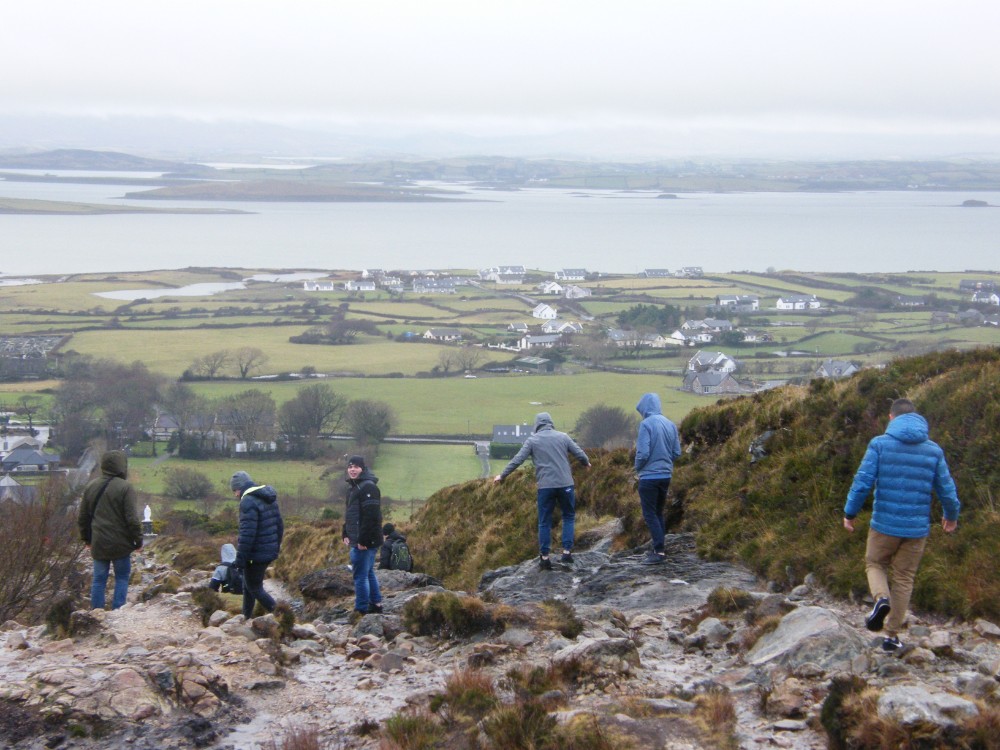
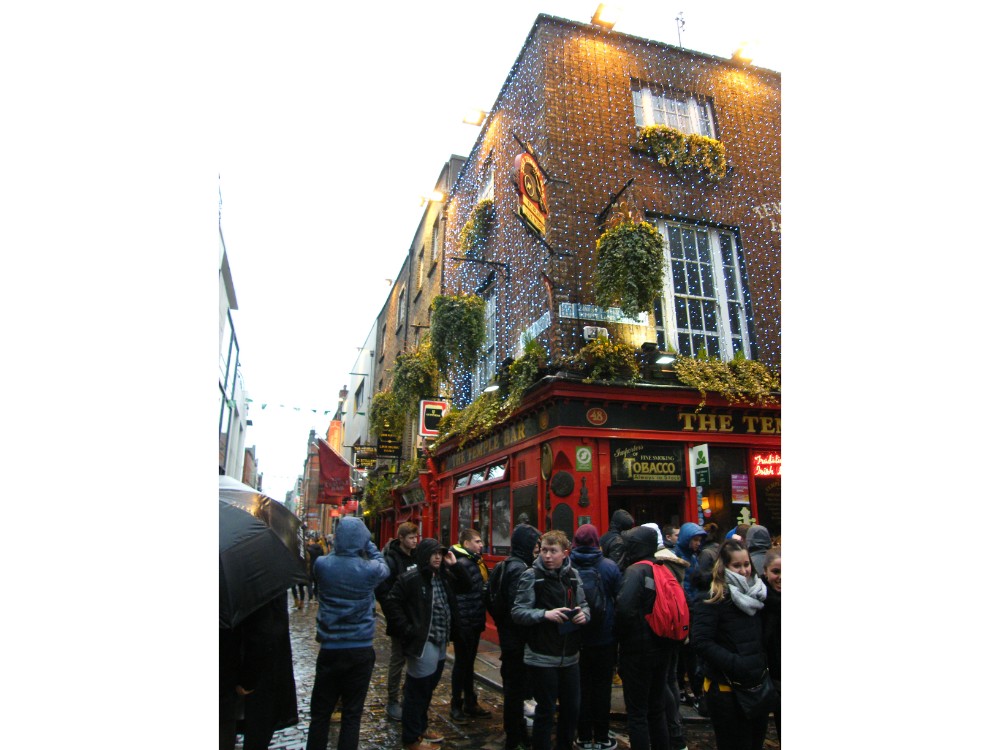
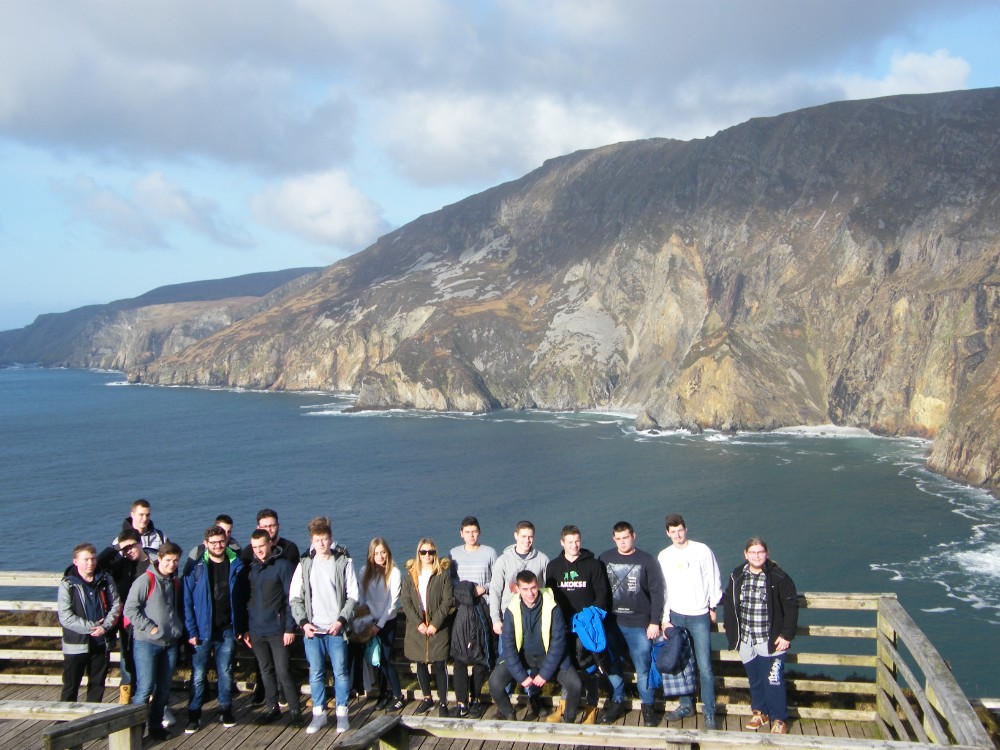
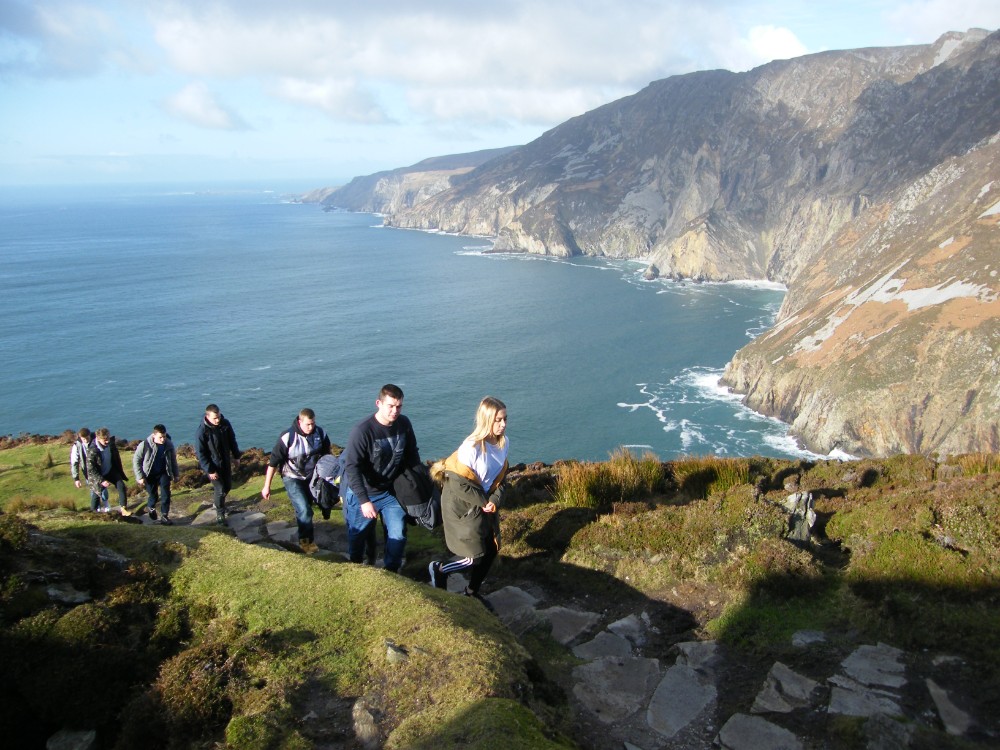
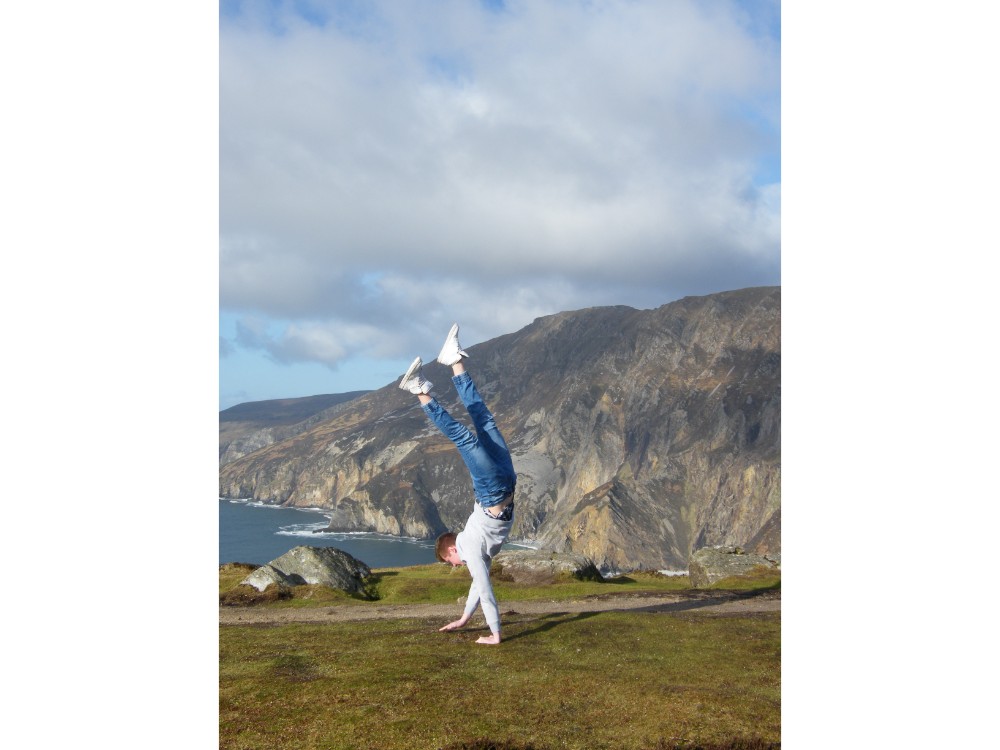
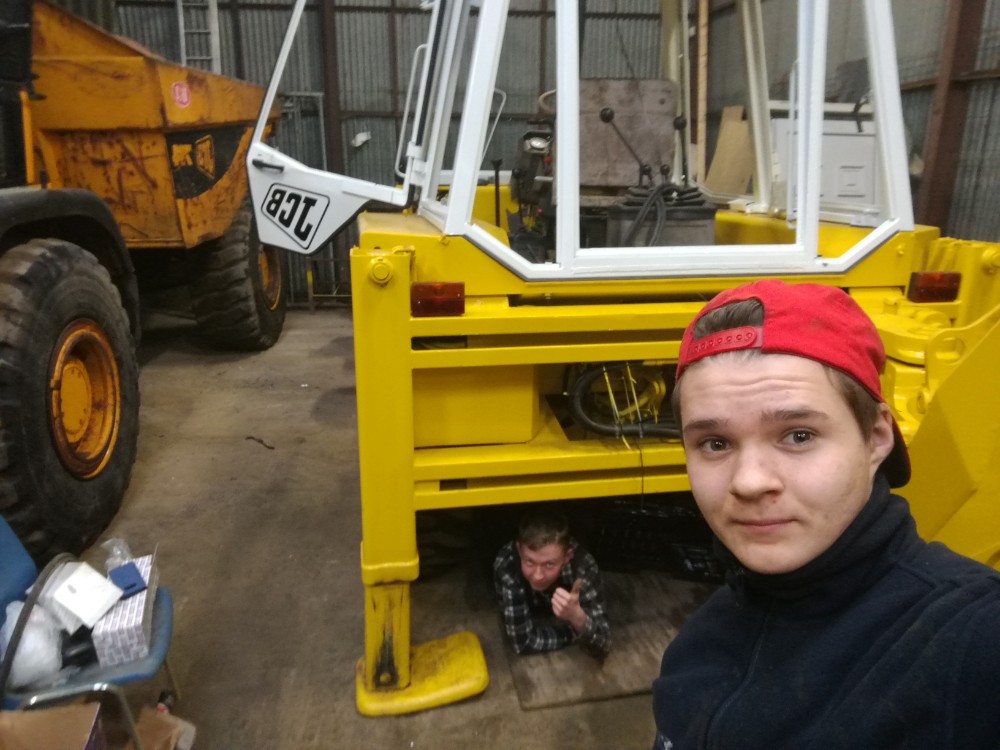


Intel Extreme Masters – Katowice 2018
Miłosz Jakubaszk • 22 April 2018
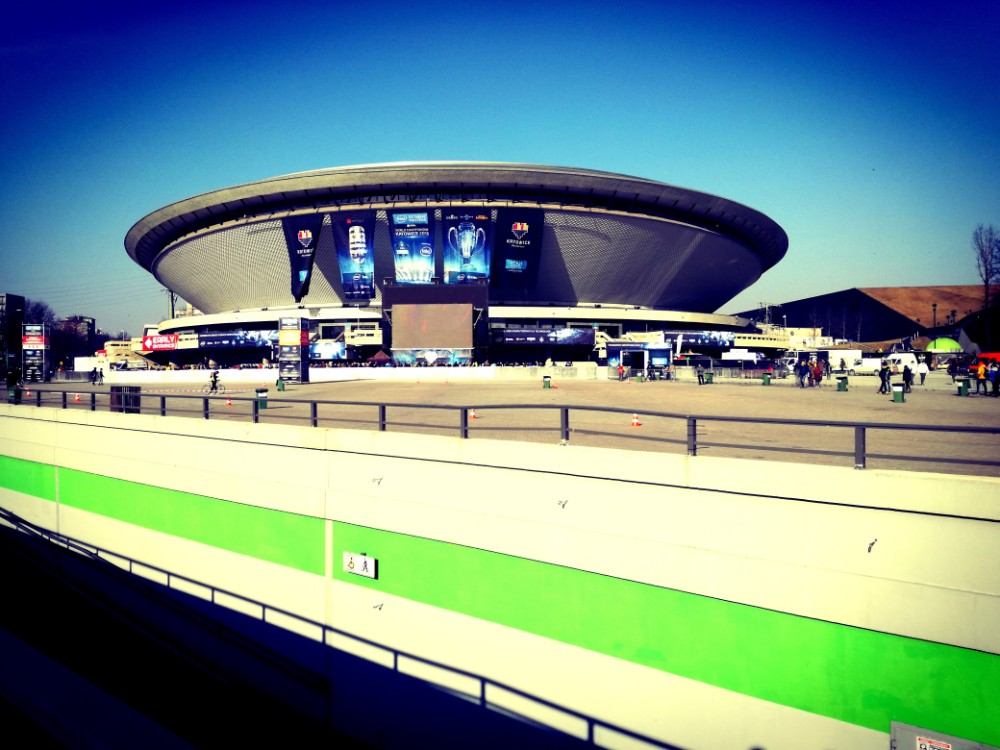
Hello guys from Belluno, in march we were on the biggest e-sport’s event in Europe – Intel Extreme Masters in Katowice. It was 3 days with amazing people, great e-sport emotions and huuuge event! Aside from main event, there was a bit smaller event named IEM Expo. It was one of the biggest games and new technologies exhibition in Europe.
On that exhibition we could try new games on next-gen platforms, try ourselfes in many games competitions like: playing CS:GO on gamepads or playing VR’s games, what was completly new expierence for us. On Expo we could also meet some famous people from polish and worldwide Youtube, and Counter Strike pro-players from all teams invited to this event. We could meet them on special organised meeting sessions while we could talk with them, took a photo or even autograph. Main event took place on „Spodek Arena’’ where best CS:GO teams were playing on big stage in front of epic crowd. Unfortunetly polish team – „Virtus.Pro” didn’t passed group stage, so we couldn’t see them on main stage during event. However, they were guests at the event so we were able to got their autographs and photos too. The main tournament were on the highest international level, providing us huge emotions. Every team showed very high level. During the last rounds of the final map, the audience went crazy. Until the very end the fight was very even, so it was unknown who would win. Finally, after a very hard and exhilarating battle, the Swedish team "Fnatic" beat the European team "Faze Clan" 5-3 in the "Best of 5" system. "Faze Clan" showed them what they could afford and they were very close to getting the first place. Whole event had an incredi-ble stage setting which provide us amazing experiences. Before grand final on stage perform a DJ – Foux Tales who were playing live music. In our opinion, nothing is able to reflect these emo-tions and to find out fully what IEM is, so you have to come and experience it yourself!


Love for English sport – golf and football passion
Sebastian Hott • 22 April 2018
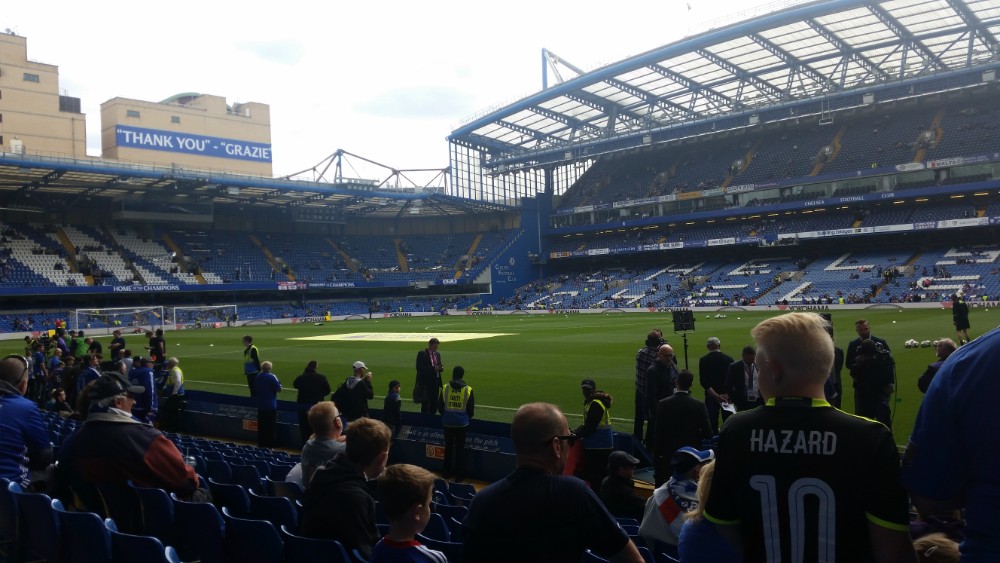
May in England is beautiful and hot but not only because of weather. Sun is shining and many big sport events are taking place also. To London Stansted airport I went by plane from Rzeszow, then to the city by train, and voilà! It was 20th of May. I knew that next day will be magnificent because my favourite football club, which is Chelsea, has already been English Premier League Champion and at next day’s match versus Sunderland will be great atmosphere and champion’s celebration. 21st of May, which was Sunday, was superb. Then my uncle and I went to the Stamford Bridge (Chelsea stadium) by a tube. All fans we met were as excited as we were. When we get into the stadium, we were shocked positively. Atmosphere was so good, we were singing, scanding, enjoying very much.

The match was nervous at the beginning but in the second half WE scored some great goals, and it ended 5-1! After the math was previously mentioned celebration with a trophy. Everybody was very happy! That day was one of the best sport feelings in my life, but I think that one day I will feel it once more.
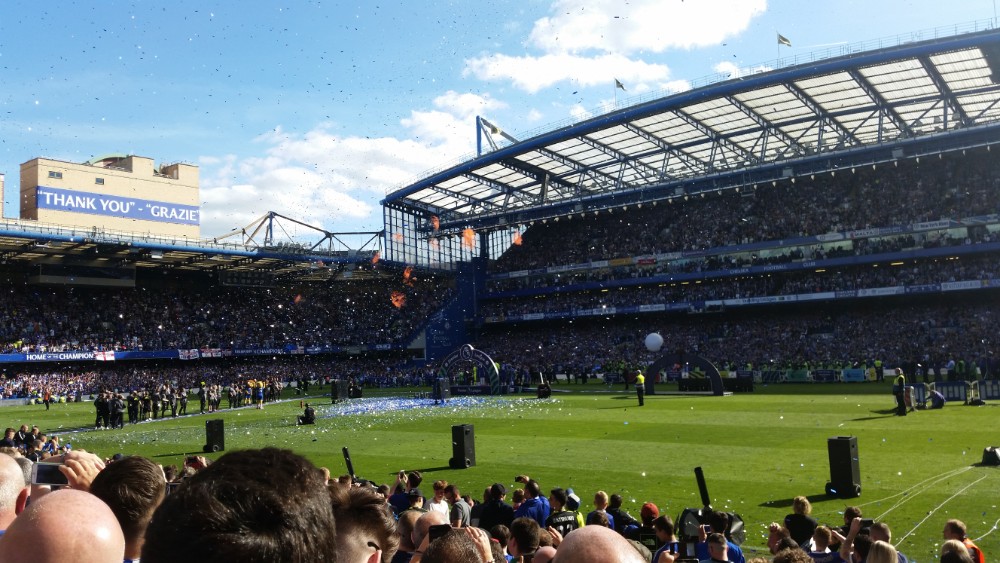
Few days later… My another dream came true! I am talking about a big golf event called BMW PGA Championship. This tournament always take place in the very rich village called Virginia Water (25 miles from London), in Wentworth Golf Club which is very historical and exclusive golf course. This is an every year tournament in the best European golf league called European Tour.
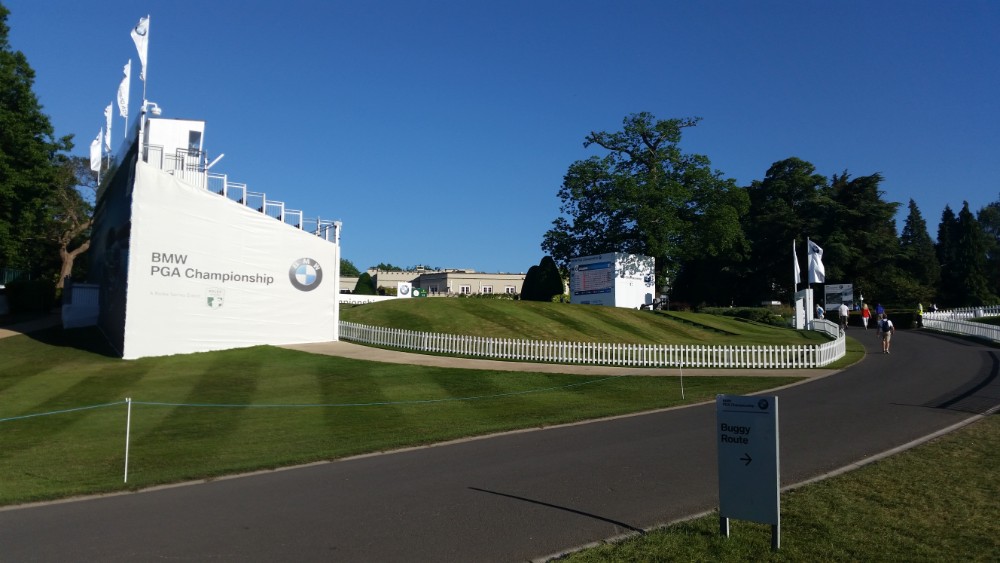
Before I tell you more about that, I will introduce you a little bit to golf… Generally every golf tournament lasts 4 days, from Thursday to Sunday. In these days golfers are playing the best way they can. In general 4 days of playing means 72 holes because one round of golf equals 18 holes. After 2 days there is a cut. Cut is the elimination of, typically, the lower half of a stroke-play field at the midpoint of the tournament or after 36 holes. So now about my experiences that day. It was the second day of the event. Like every golfer, golf fan I have my favourite player. Mine is Henrik Stenson. If I wanted to see him playing, I had to get up very early (it was 5 a.m) because Henrik’s tee time was set at 7:40 a.m. I went there by train. By the way, trans in England are very solid and punctual. See the best professionals is priceless! I have followed him all 18 holes. I have learned very much and feel golf at the best level. After these few hours walking and watching there was a chance to get some autographs and photos so I have waited for it. I succeeded! Few shots of the golf course view and I had to come back to London…
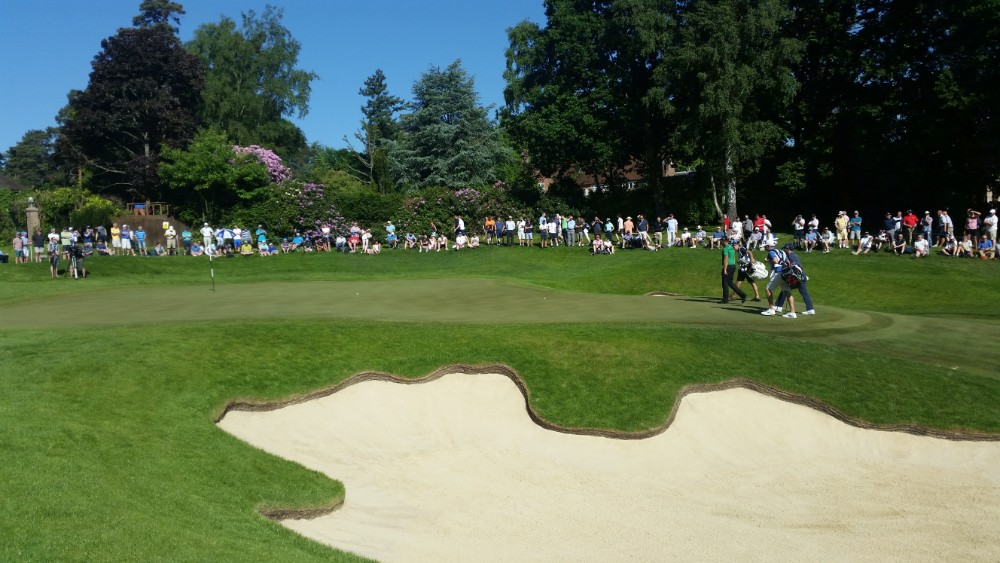
I hope in 2018 I will go there once more, but if it won’t be possibile I would come back to these memories. Maybe you have some sport experiences as well?
Music
Giuliana • 7 March 2018
One of my two passions is music because it is very important to me. I listen to it everywhere through my Ipod. Music has always fascinated me because through it I can remember some beautiful moments, sad or happy. I like listening to pop music with famous singers both Italian and English for example Adele, Christina Aguilera, Tiziano Ferro and so on. Sometimes I associate some songs to people who are really important to me but other times it happens I think about my childhood. My second passion is makeup. I like using make up for my friends on special occasions like birthdays or parties. This passion started last year when I started going to the disco. I also like watching videos on YouTube where girls explain how to use products. In the future, I would like to attend courses to improve my passion and maybe work in this area. And you? What are your passions?

Adele is a British singer-songwriter who has sold millions of albums worldwide and won a total of 15 Grammys. She is known for several songs such as “Rolling in the Deep”, “Hello”, “Someone like you” and so on.

Christina Aguilera is an American singer-songwriter. She is renowned for her powerful voice and such hit songs as “Genie in a Bottle”, “What a Girl Wants” and “Candyman”.
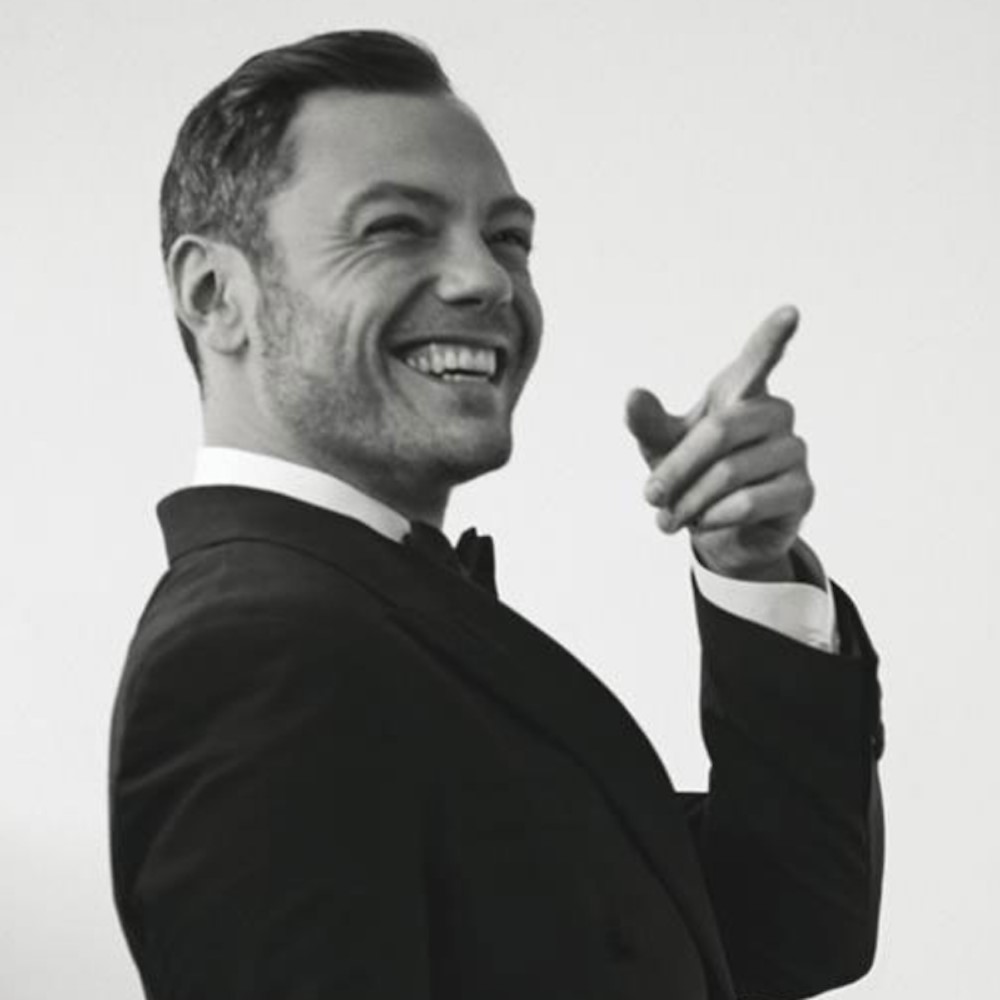
Tiziano Ferro is an Italian singer-songwriter. He is known for different songs for example “Potremmo ritornare”, “Il regalo più grande”, “Ti scatter una foto” and many other
Ireland – country of green pasturelands.
Michał • 22 January 2018
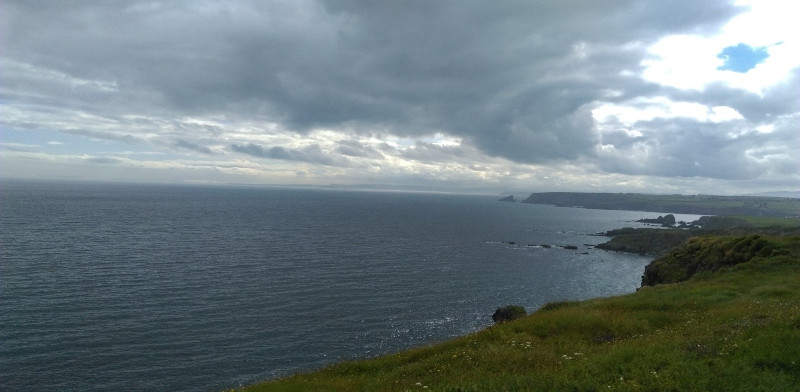
Do you want to go on a trip? Are you keen on doing photos of beautiful views? Or maybe you love tasting some new local dishes? Don't worry – Ireland got it all. And that's why I fell in love with this place. Ireland is a county which is located on a island with the same name – it's also often called "Green Island" beacause of the greenery that you can see everywhere there. It's third the biggest island in the Europe. The capital city of Ireland is Dublin which is on the north-east side of the country. Other big cities are i.a. Cork, Galway and Limerick. Architecture and views. Ireland has many great places to visit, especially when you like celtic culture. One of the best-known buildings are slim, tall towers that usually were built near churches, monasteries and celtic crosses. They are 30 meters high and often made of stone. It's not known for what purpose they were built but some of historians think they had defensive and alarming function
Another well-known place in Ireland is Kilkenny Castle. It was built of stone, in 12th century, near the River Nore. This castle was a symbol of Norman occupation. Now it serves function of a place for ceremonies of the graduates of National University of Ireland. Castle is square-shaped and has three towers. It's really massive and looks like it's taken out of a fairy tale. Place that made the biggest impression on me was Mahon Falls. It's where the River Mahon falls from the Comeragh tableland – it looks a bit like a typical waterfall but it's not. The location of it is in Country Waterford. The waterfall is surrounded by many grassy uplands, rocks covered with moss and fields of brown bushes which adds this place even more charm. Traditions and culture. In Ireland it's very popular to spend free evenings in pubs. There I noticed that Irish people don't talk about religion or politics – but they really like talking about gaelic football. It's a sport which is a combination of rugby and football and it's one of the national sports in Ireland. The game is derived from Caid – tradicional team game which is known in Ireland since the Middle Ages. The most popular championship in gaelic footbal is All-Ireland Senior Football Championship. Irish tradicional music is often played on celtic harp, violin and uilleann pipes (Irish variation of bagpipe). Usually it was played on many different celebrations but also on village parties and in pubs. Irish music became popular with emigration of Irish people to the USA during the Second World War. American people didn't like slow and bleak tones of this music so Irish musicians started to play on piano and guitars to make the tempo faster. The world's largest collecition of traditional music records is in Irish Traditional Music Archive in Dublin. The most important Irish holiday is St. Patrick's Day. It's held on 17th March – the day when St. Patrick died). This day many religious processions and public events are organized. There is also a tradition to wear green clothes, often decorated with shamrocks and drink whiskey. This holiday became popular all over the world - many world-famous buildings are illuminated in green on that day, for example Empire State Building or Opera in Sydney. Irish food. In Ireland food is mostly made of potatoes, milk, vegetables, oat, wheat and meat. It's popular to eat meals in "eat what you can" bars, where you can try traditional fish&chips, roasted goat cheese or banoffee pie (pie made of cookie dough, chocolate, bananas and whipped cream). Ireland is also known from so-called full Irish breakfast. It consists of fried egg, fried sausages, bacon, black and white pudding, fried mushrooms, half of a tomato and hash brown (crumpet made of potatoes, similar to Polish potato pancakes). In Halloween there's a custom of eating colcannon. It's a dish made of mashed potato with kale or cabbage. To sum up, I think that Ireland has one of the most interesting history, related to The Celts which affects on architecture, art and music. Also, you can see there many beautiful views that will make you fell in love with all these green landscapes. That's why I recommend Ireland for trips or holidays. You won't regret it.
Open'er Festival Gdynia - Poland
Kuba Teper • 28 November 2017
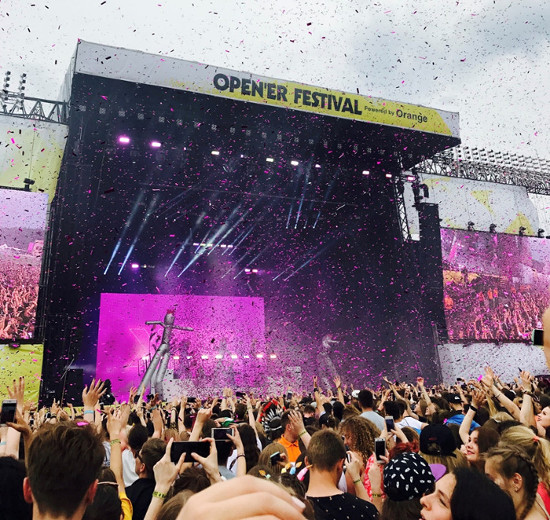
3 days of Amazing experiences. Open'er Festival is one of the largest European music festivals. It takes place in the seaside town of Gdynia. This festival was one of the best experiences in my life.
Once with my friend Patryk, we traveled 712 km across Poland to see this event. This year, 120000 people take part in it !!! Many artists recalls Open’er, and talk about Opener’s magic. And so it is! When you stand between thousands of people and you can hear your favorite world artists you can’t express in words how amazing is the feeling, you just have to go there! A big suprise for Us that was they used pyrotechnic effects during concerts. It is worth mentioning that this festival isn’t only concerts but also a lot of attractions for example: Marlboro area, museums, music shops, theater or even fashion shows and much more. The fact of the concerts is amazing but I think it’s worth going there for the atmosphere itself. One of the interesting experiences was the performance of a cappella by one of the artists because hardware broke down, but everyone started to clap to the beat and the concert continued! In this, 2017 we could hear such artists as: The Weeknd, G-Eazy, Mac Miller, Rae Sremmurd, Royal Blood, Radiohead, The XX, Lorde, Dua Lipa and many other... I recommend this event for everyone!
One of my favourite novels
Marcin 3TK • 13 November 2017
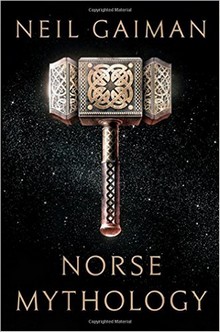
The stories of Aesir seem to be much more popular nowadays than twenty years earlier. That’s not to say they weren’t known then. Some of its recent popularity undoubtedly comes from the rise of Marvel superhero movies which, obviously, are based on the comics. The comics were a huge inspiration for Neil Gaiman. The adventures of Thor in the Marvel Universe were one of the biggest reasons for his interest in Norse mythology. And mainly because of them he has decided to write a book about it.
“Norse Mythology” is exactly what it says on the tin. It’s a retelling of the most important and most popular Nordic myths and stories. The stories, which may seem ancient and kind of ridiculous at times, were written in a new, more relatable way. “Relatable”, as in, more understandable for the modern audience. They are still myths at heart – but coated in a new paint. And they are no less absurd than the original tellings! The story – or, to be more precise – a collection of stories, starts from the beginning. And what could be the beginning of a divine myth? The creation of the world, of course. The first few stories tell about the first beings to live in the place we would later call “The Nine Realms”. It’s also a story of how Odin gained his position as the most revered god of ancient Nords and the truce between Aesir and Vanir. After that, the life in Asgard continues – and with that, more problems and petty incidents arise. If I had to write a very short summary, I’d say most of the stories are basically “How did Loki mess up again?”. It’s a very fun ride where we meet more gods and see their varying personalities. My favorite one has got to be the one about Thor dressing as Freya for a wedding with a giant named Thrym. It was positively hilarious! The last few chapters of the book revolve around Ragnarok – a war between gods in which every last plane of reality is prophesized to be destroyed. The book of course explains what happens then and what happens later – but I think it’s worth checking out yourself. Neil Gaiman has done something I can’t not respect – he’s broken the barrier between us, the people of today, and the ancient Nordic people. Their views of the world might have seemed absurd and alien, but when we try to understand their thoughts, it all comes to one thing: we’re human and we don’t know everything. This book makes it much easier to understand those people – and that’s why I recommend it to everyone. It’s a fantastic read that shows our world in a very different and very interesting light.
Hi dear friends!
Kelly 4TK
We are so happy to hear from you again! We are excited waiting for the next Skype-session, because we will talk again. It’s great to have a chance to share our experiences with people from a far away country, about ideas on current themes or personal ideas: it is a big opportunity for all of us. We believe that 2018 will be the beginning of a new chapter of our story and we hope to remain in contact even outside the school environment, because we think that a good friendship has developed among us. We wish you a good end of the year.
Hello, friends!
Marcin 3TK
The book of our friendship has developed for many years now, and it’s still ongoing. 2017 is slowly coming to an end, but this chapter of our story is just starting. And boy, isn’t it going to be exciting! New promising characters, awesome adventures, mind-breaking plot twists, all in the new 2017/2018 chapter of Sanok-Belluno story of international friendship! We’re all excited to write it and create the most mind-boggling episode in the story so far! And we know you are, too, so hello and let’s make this year another success!

























































